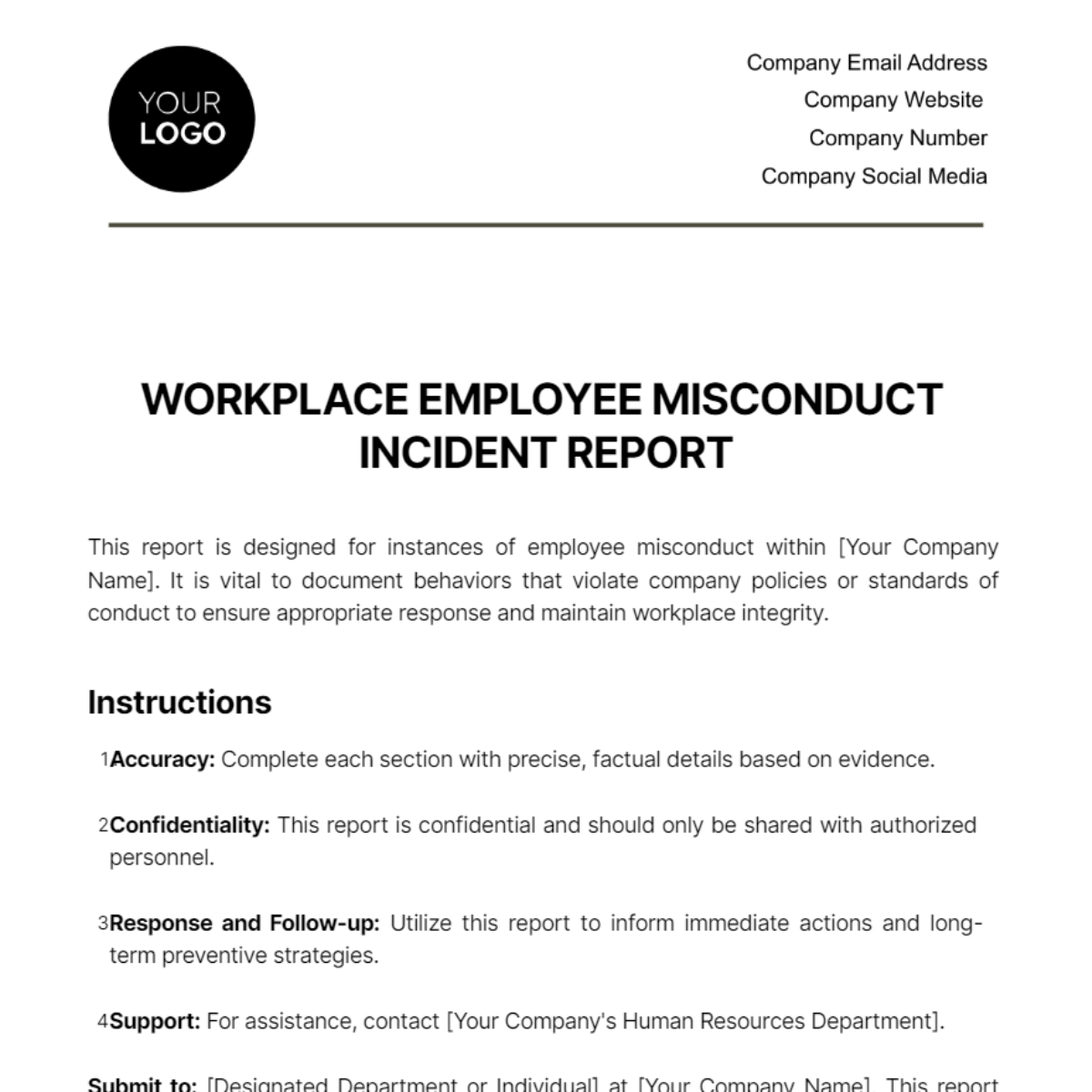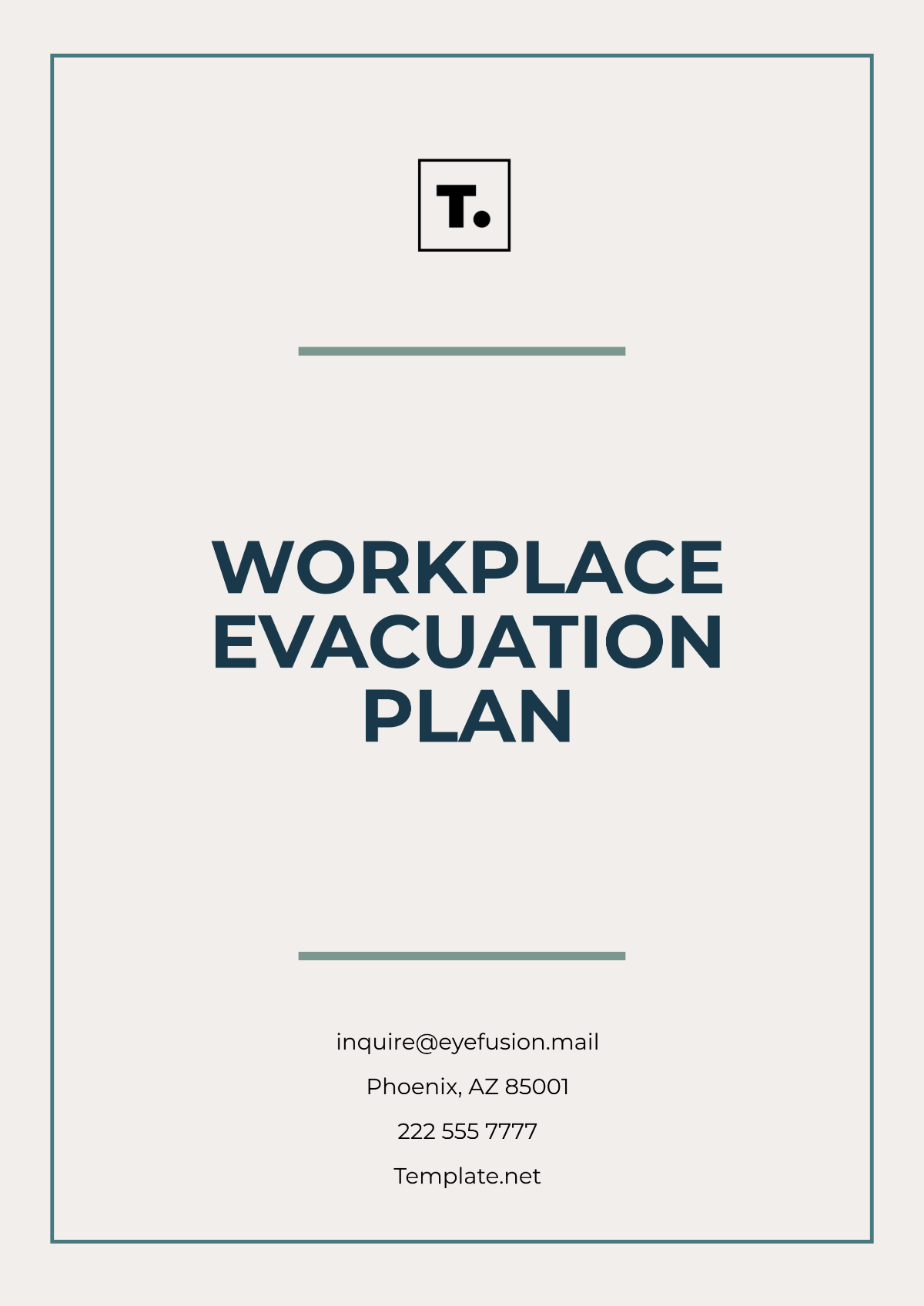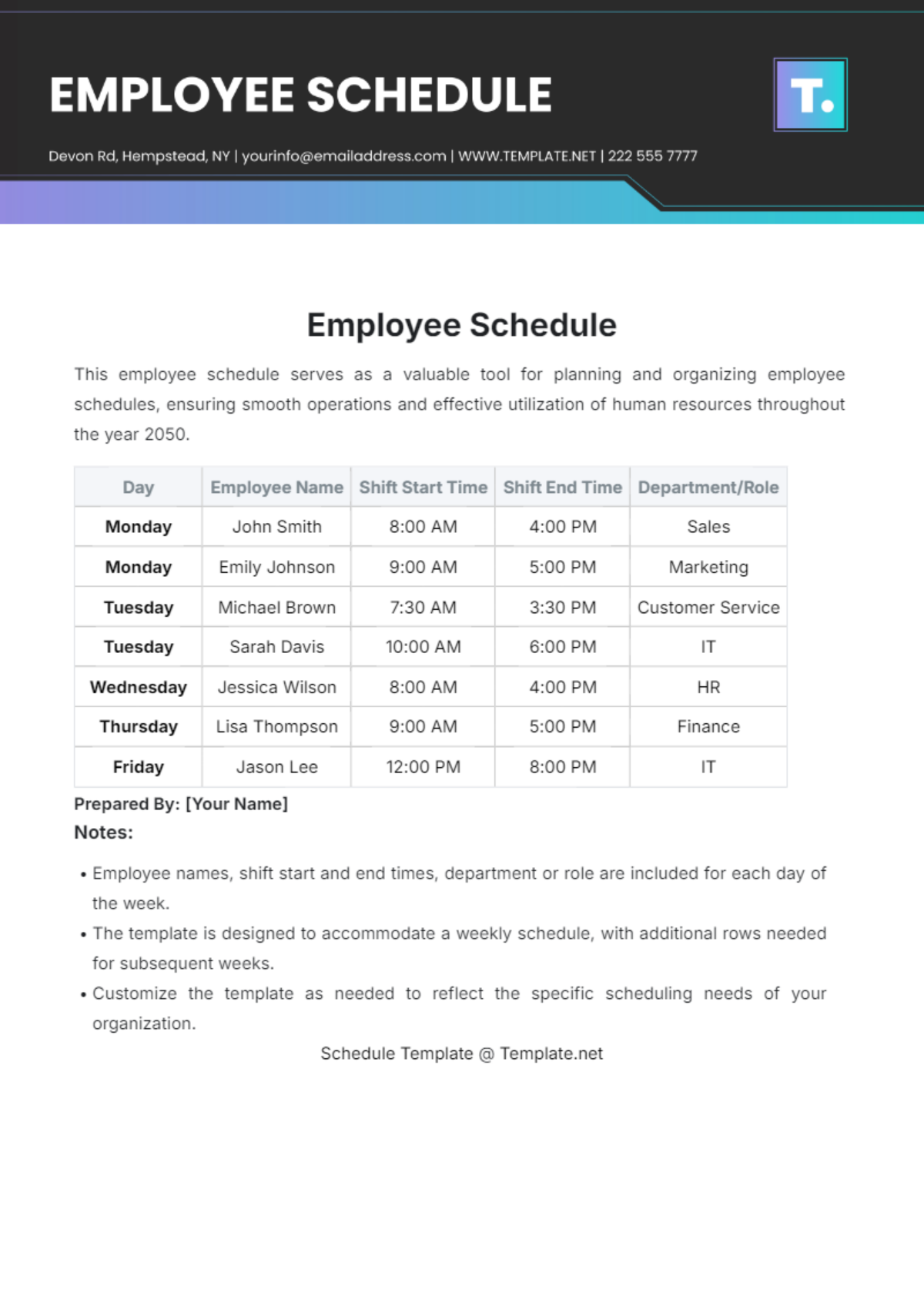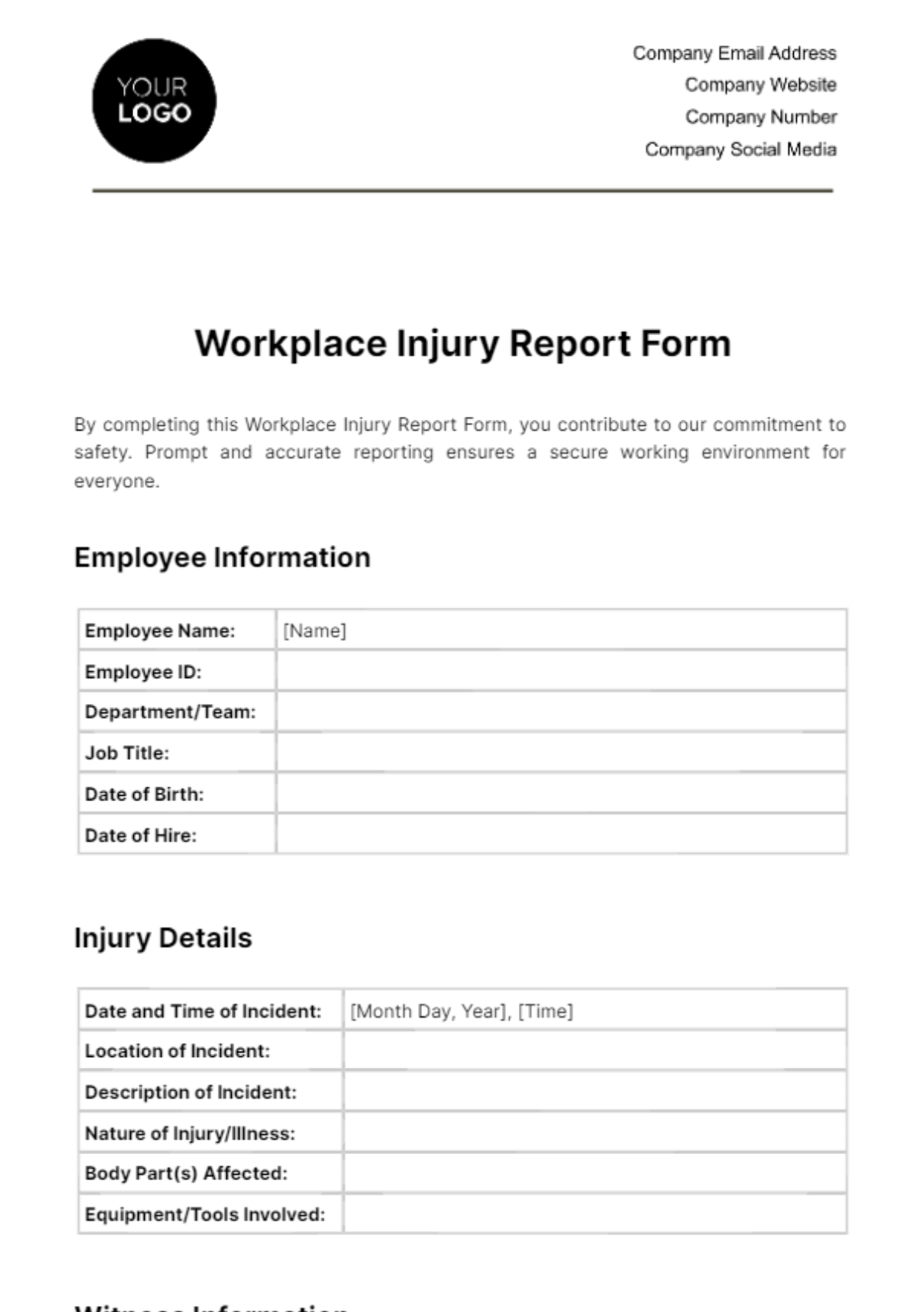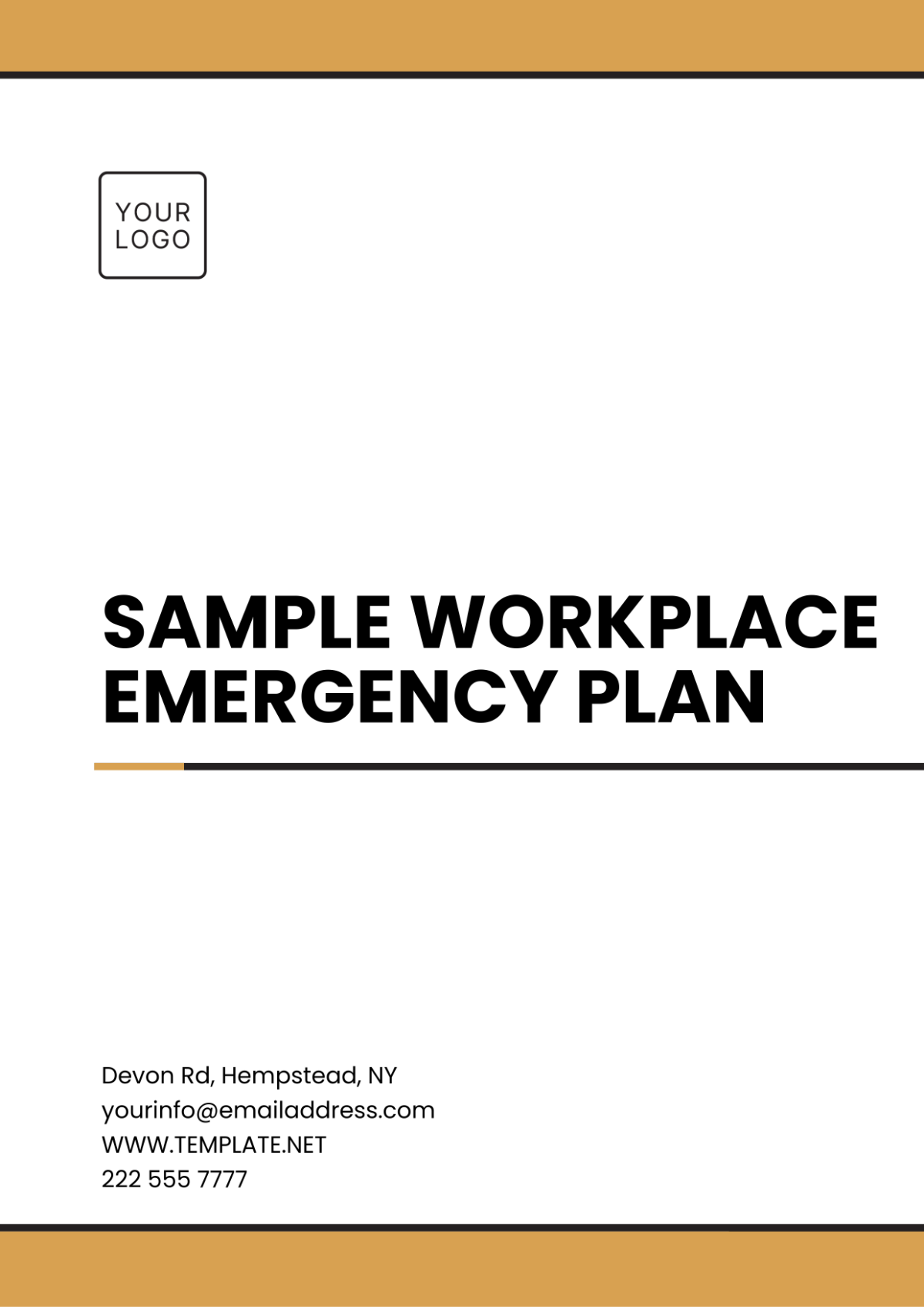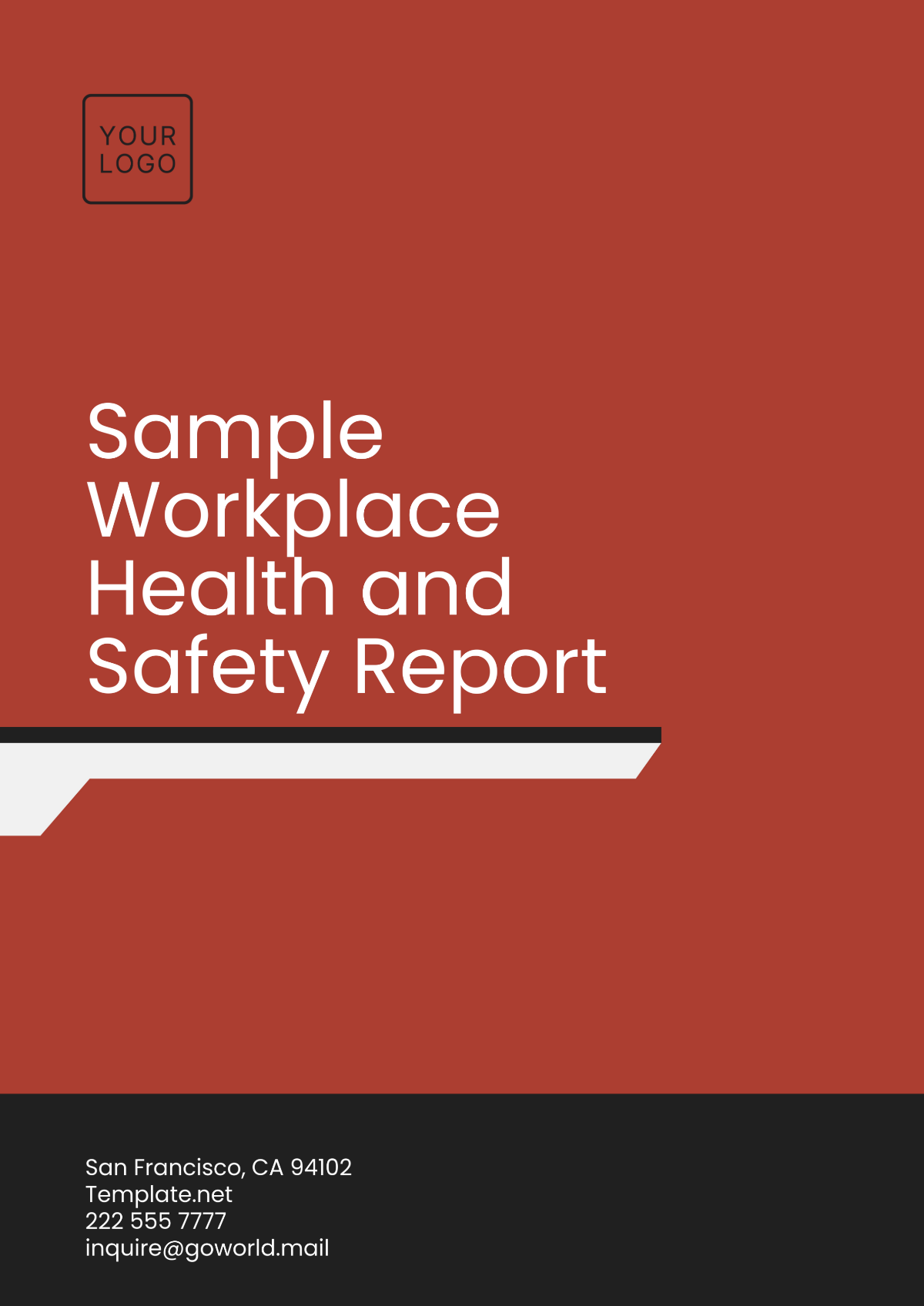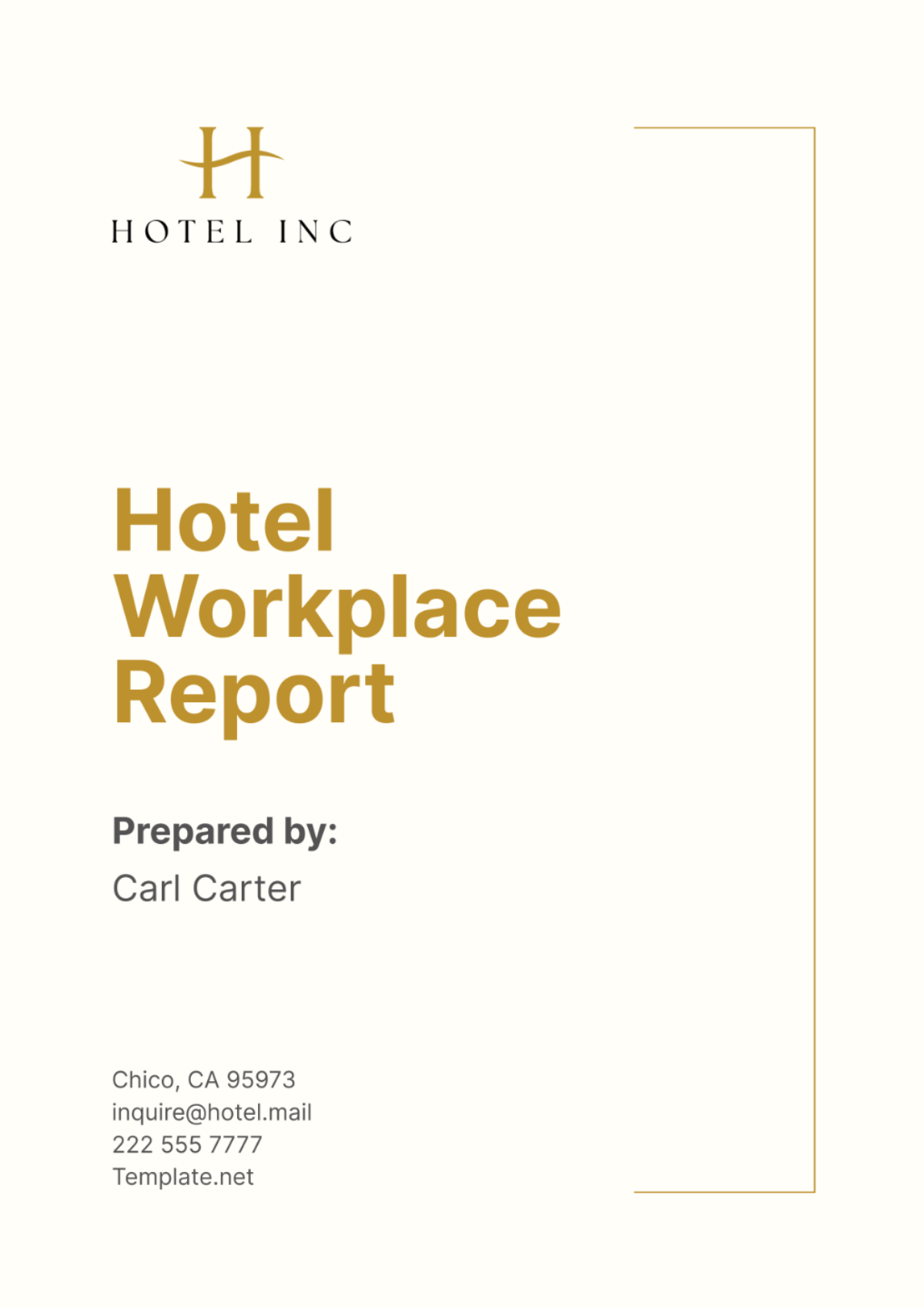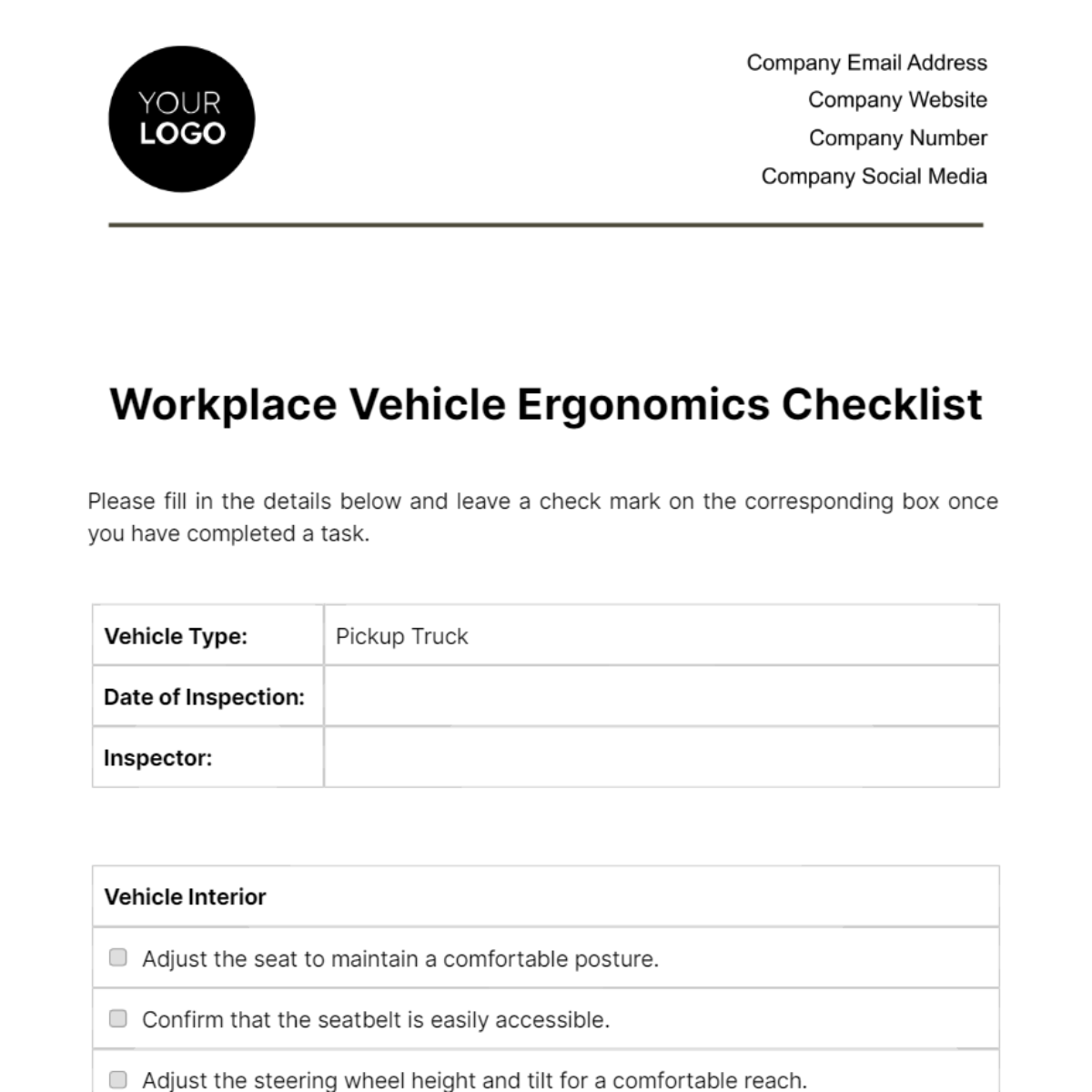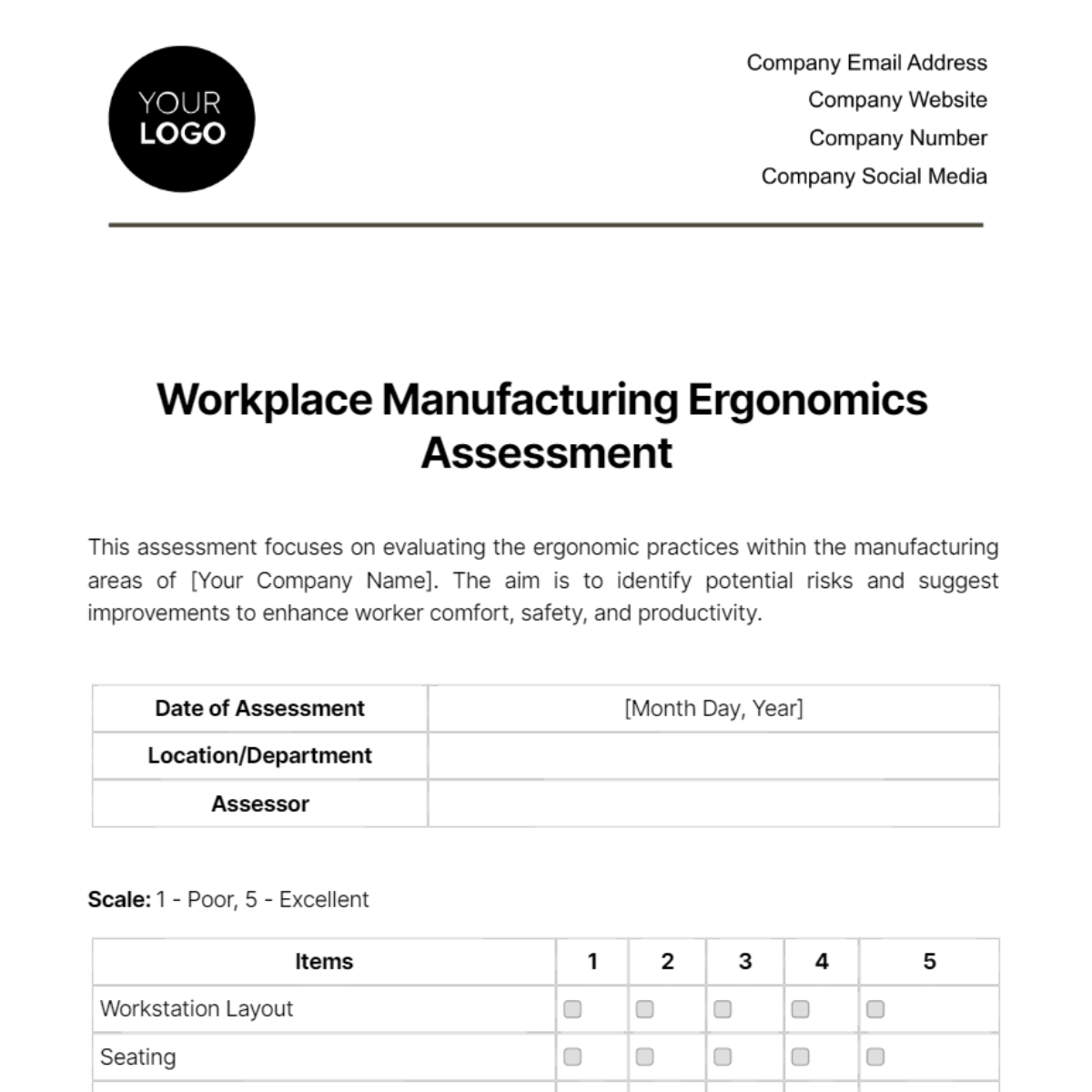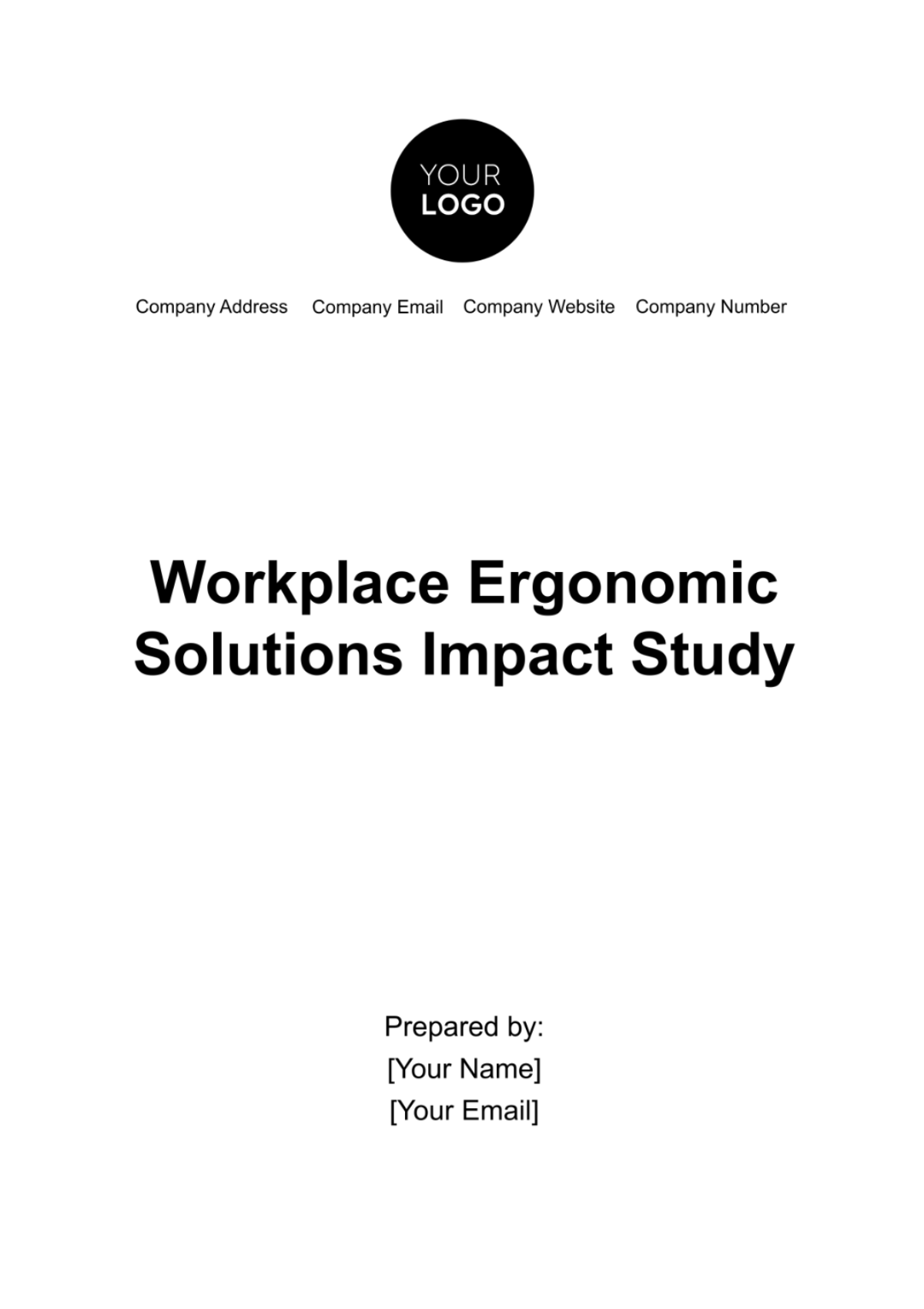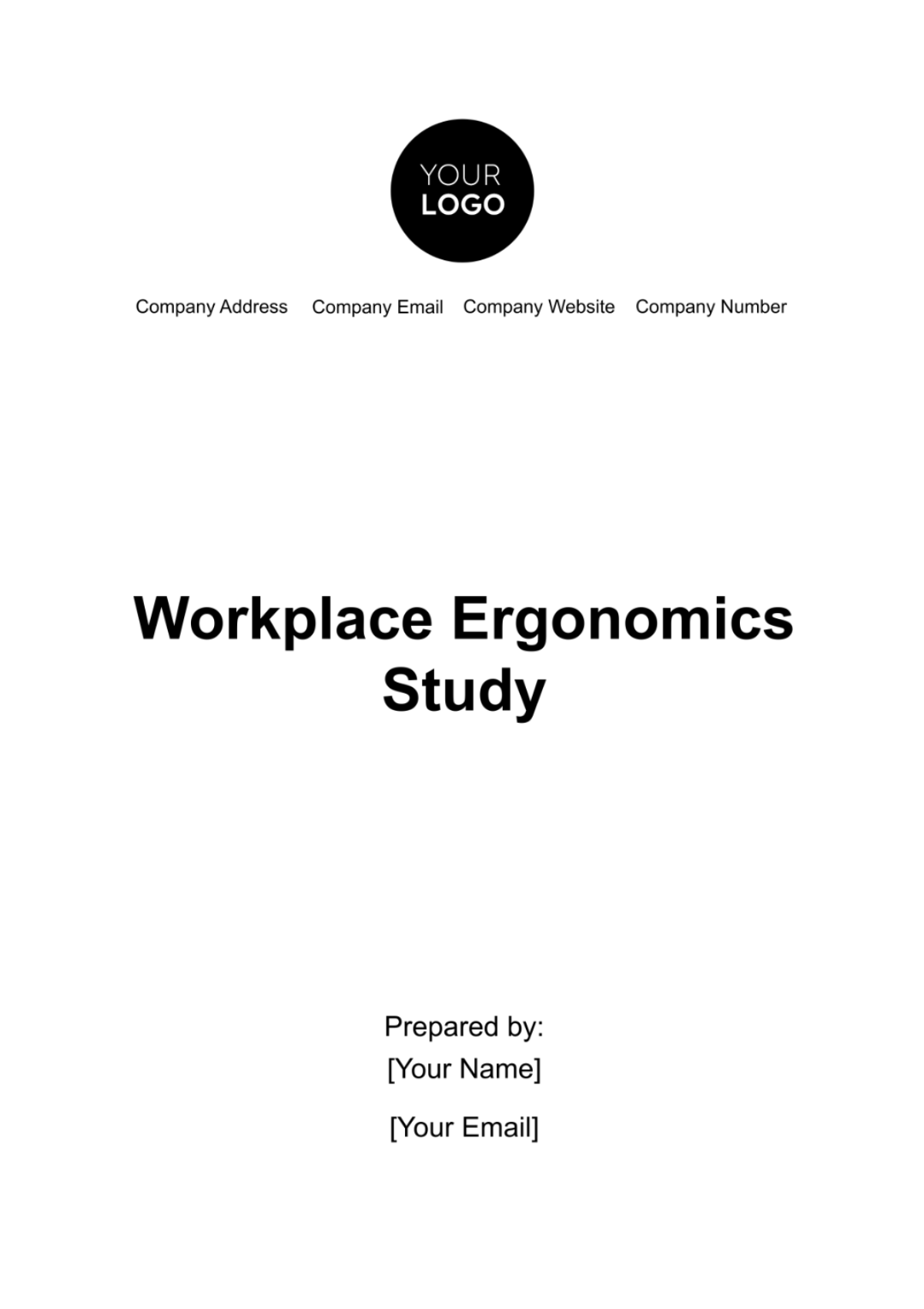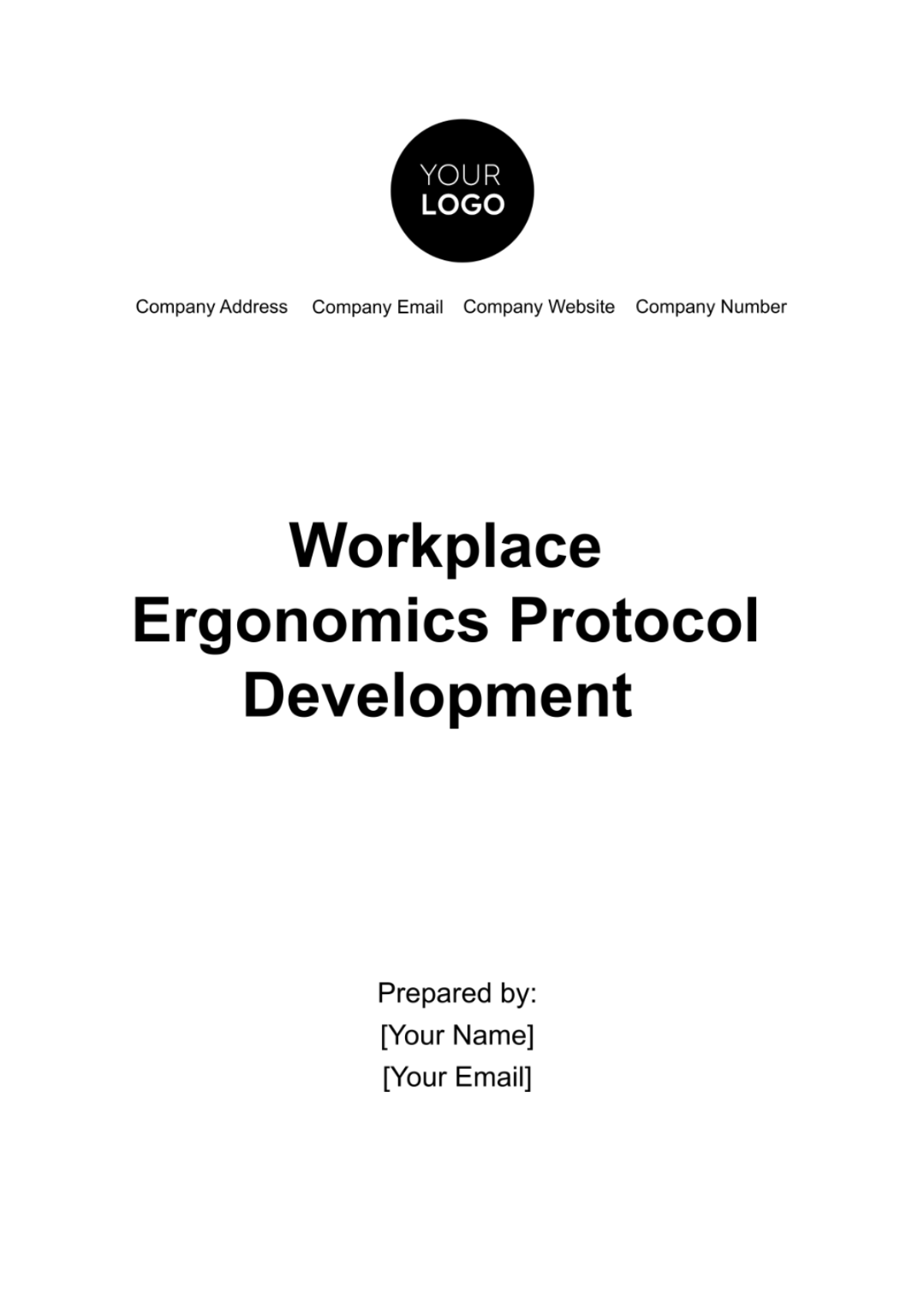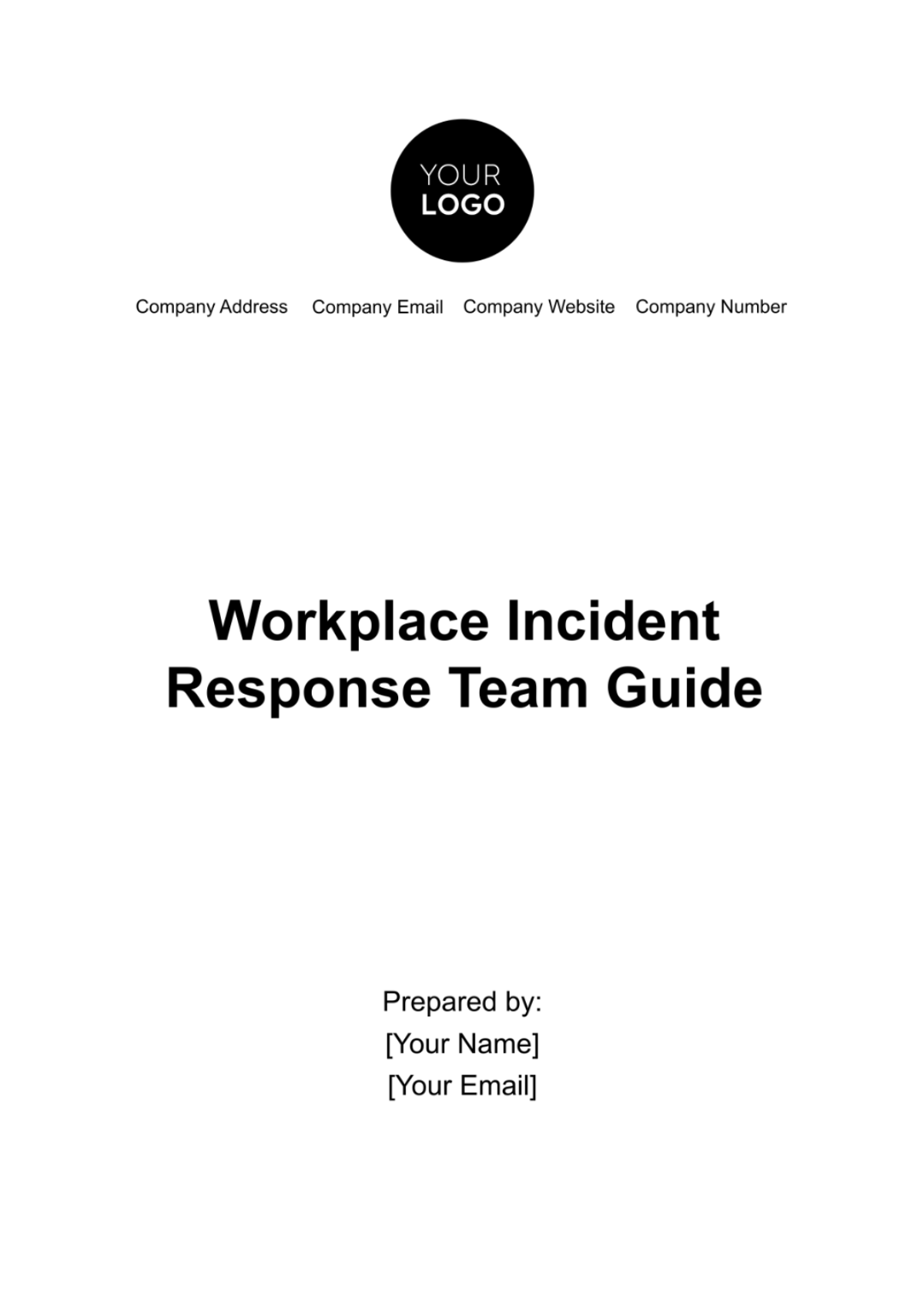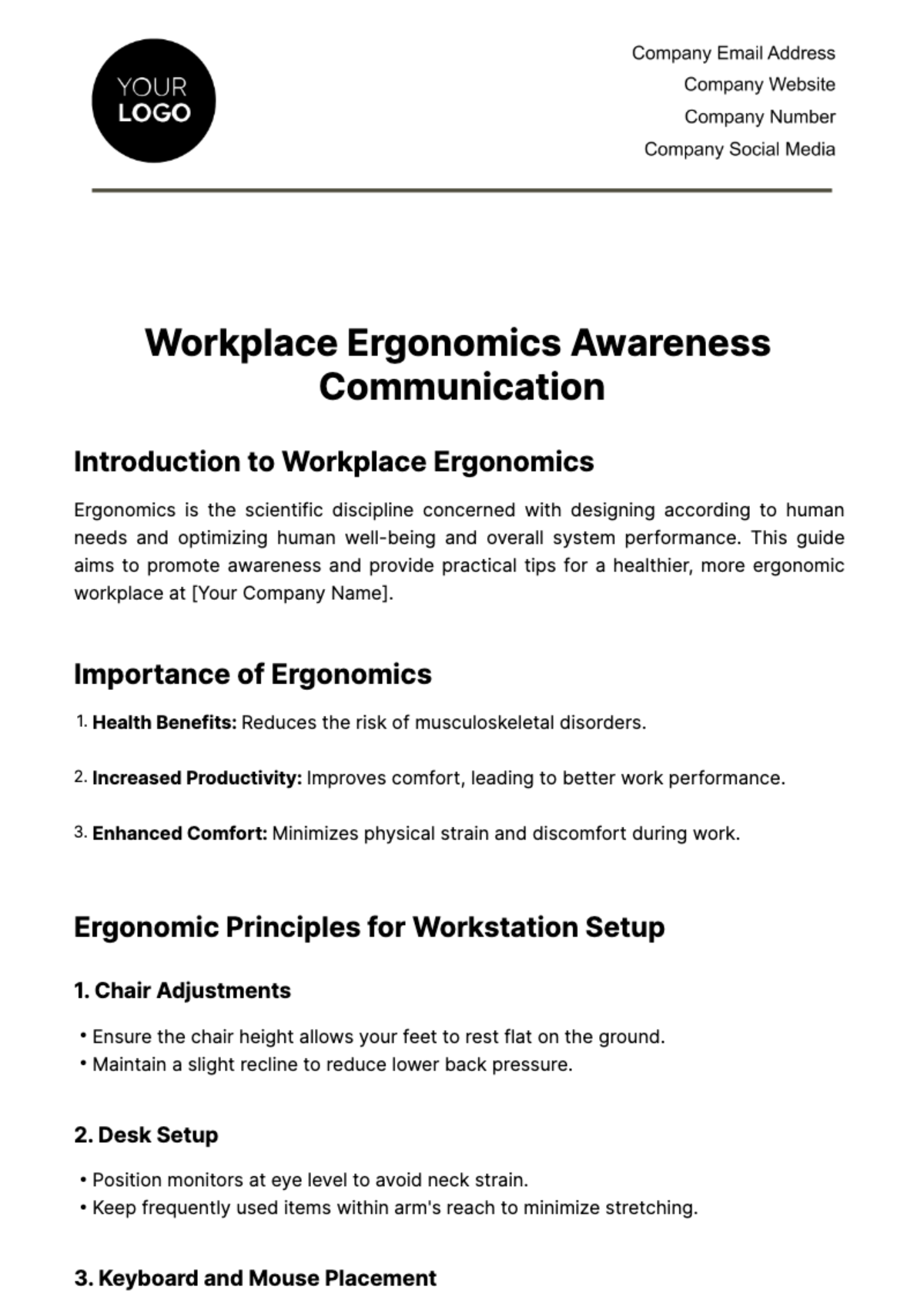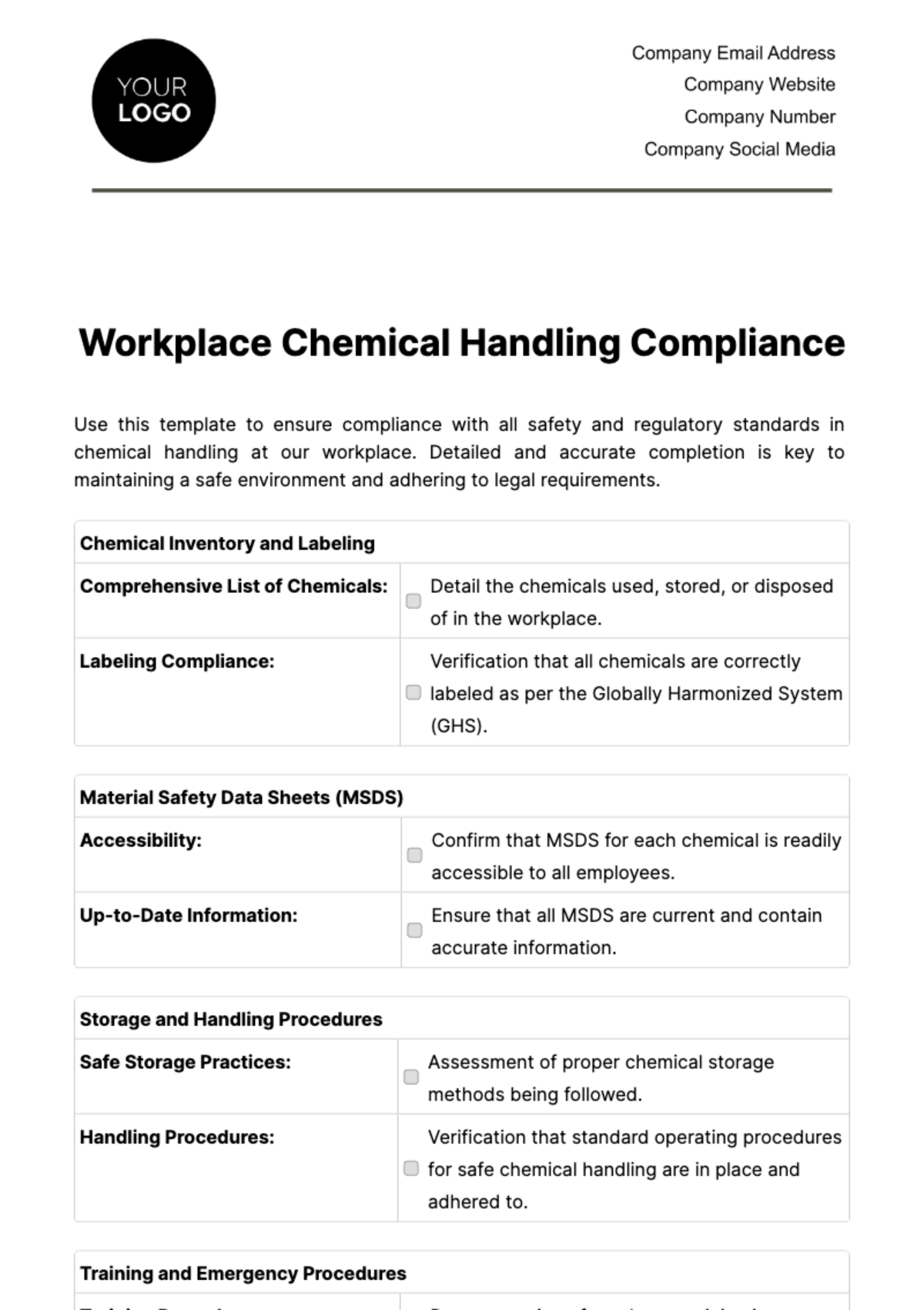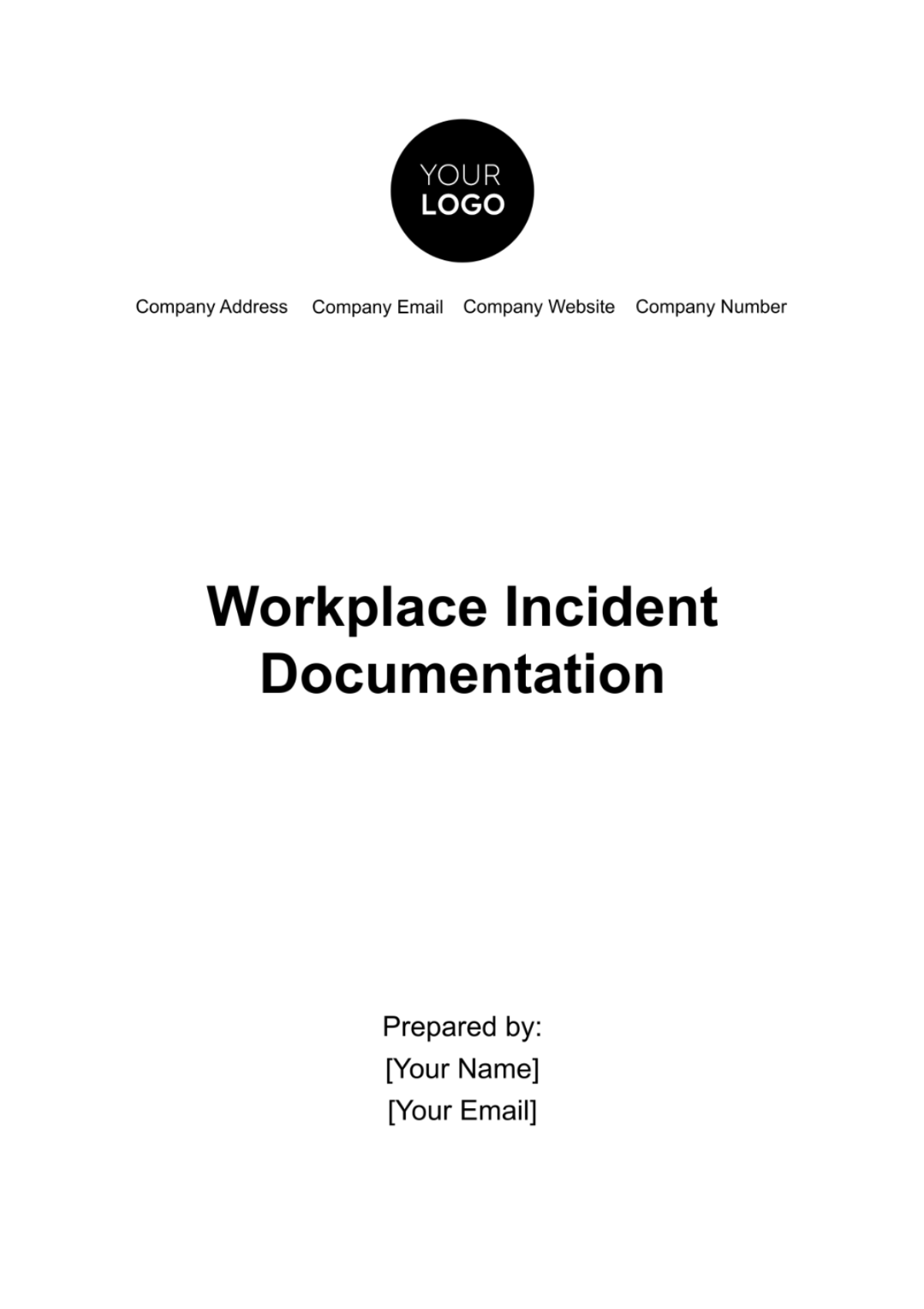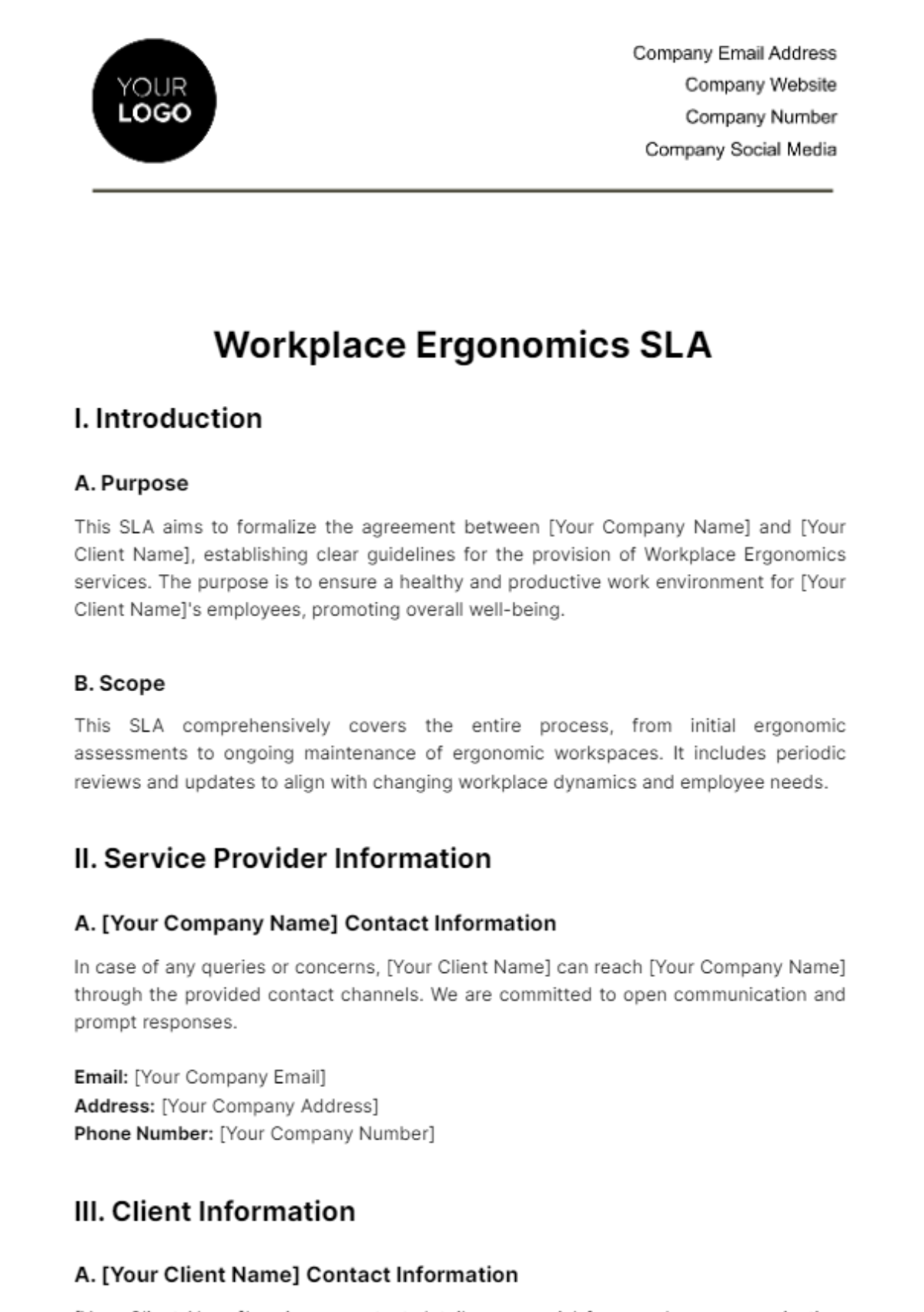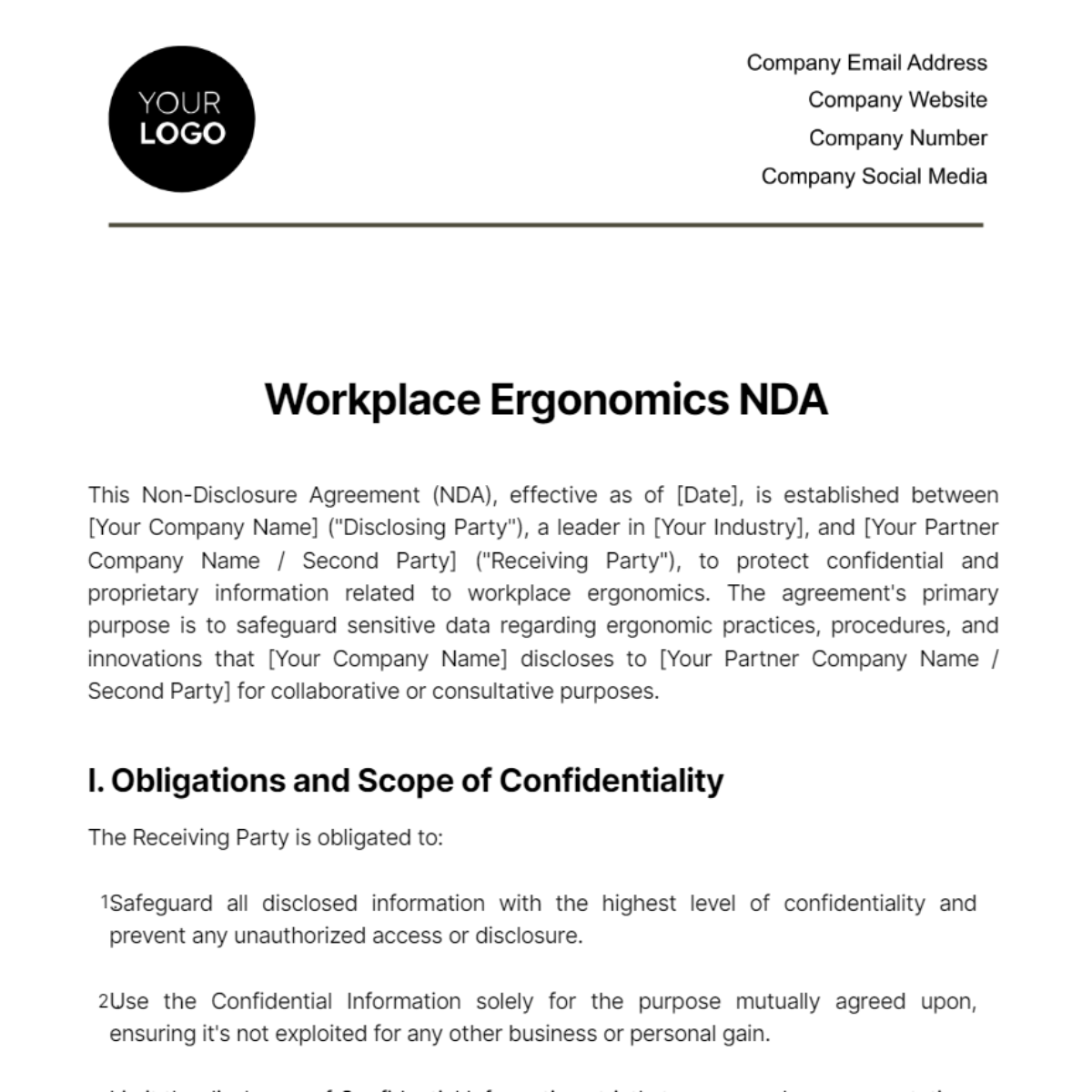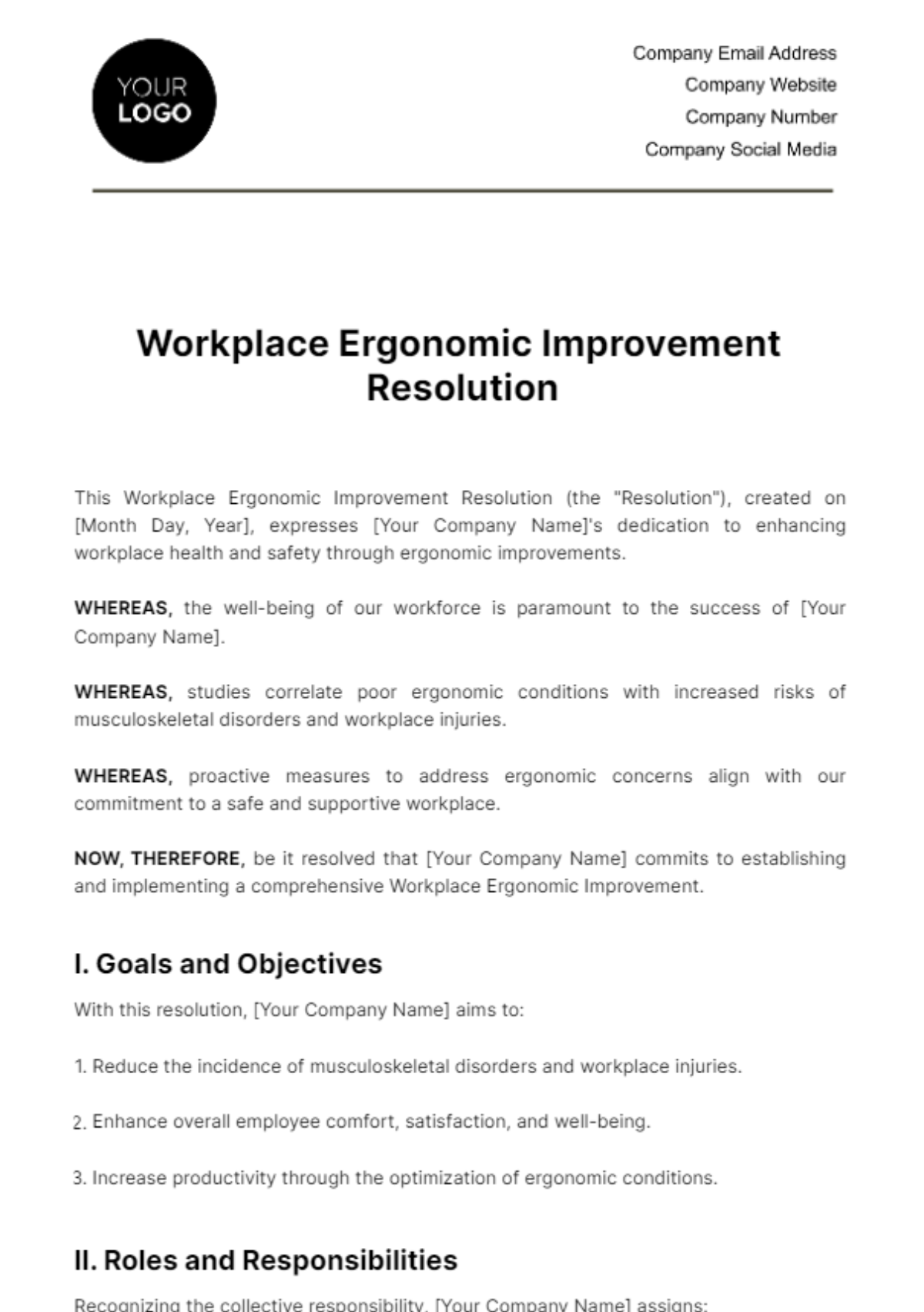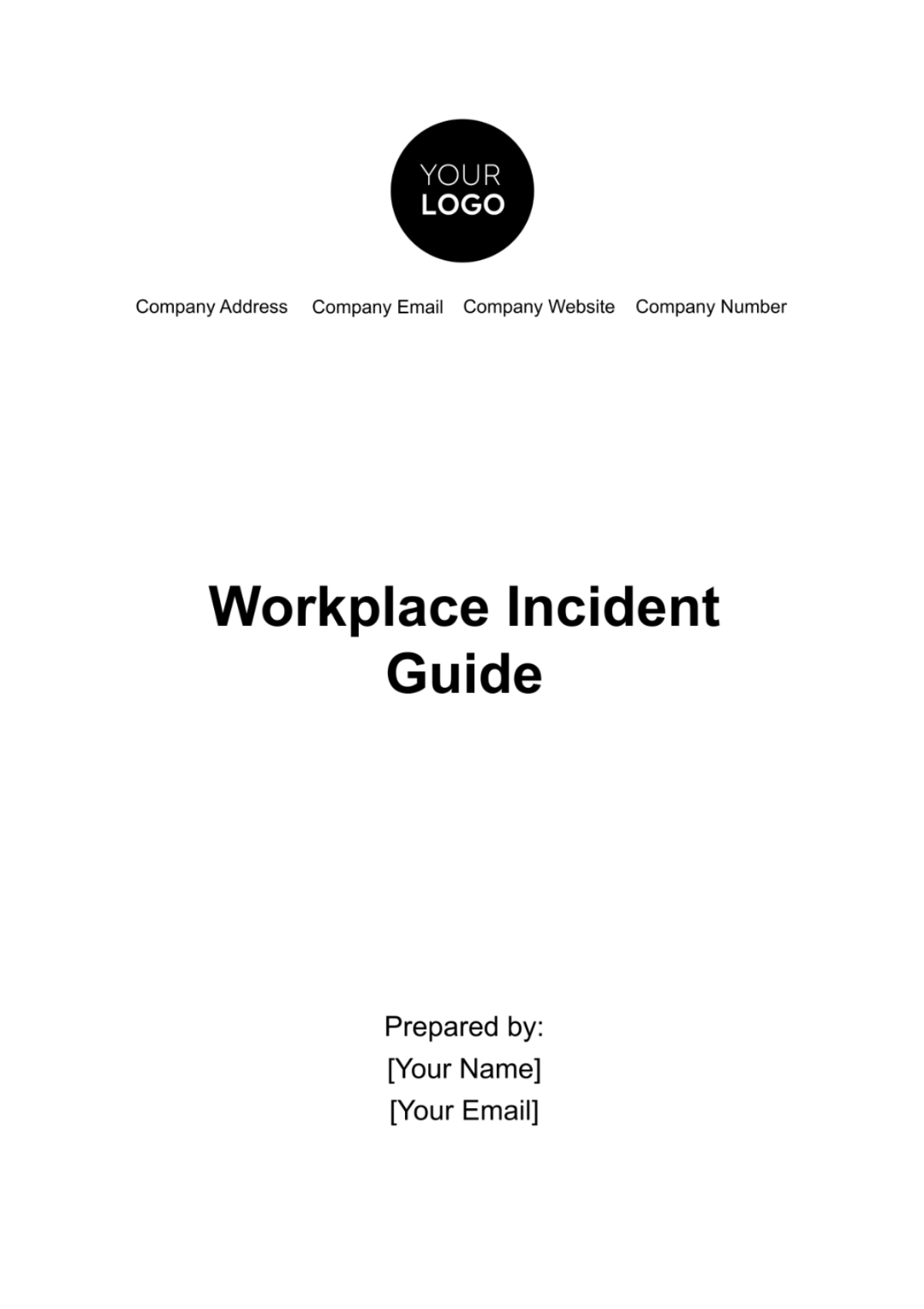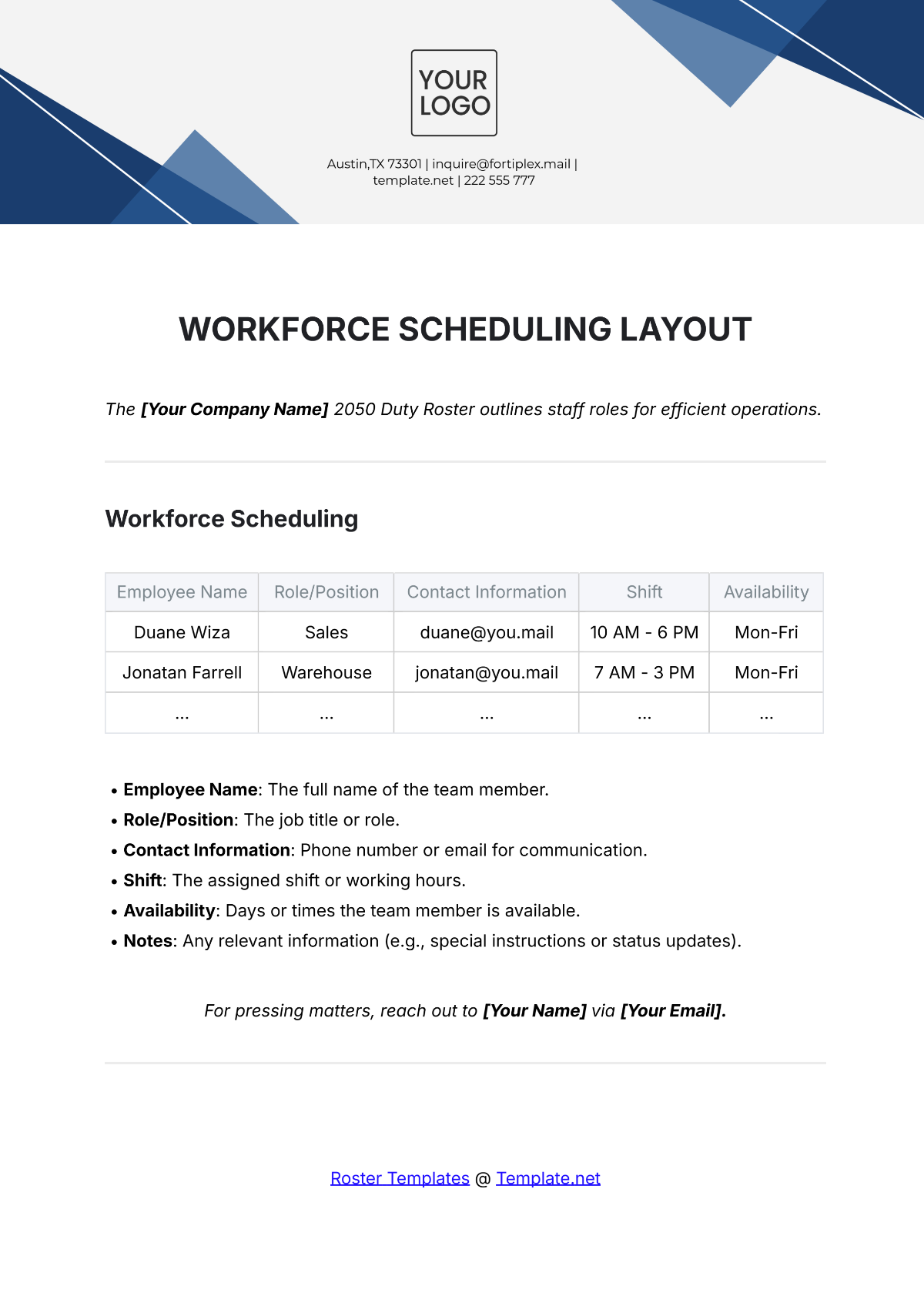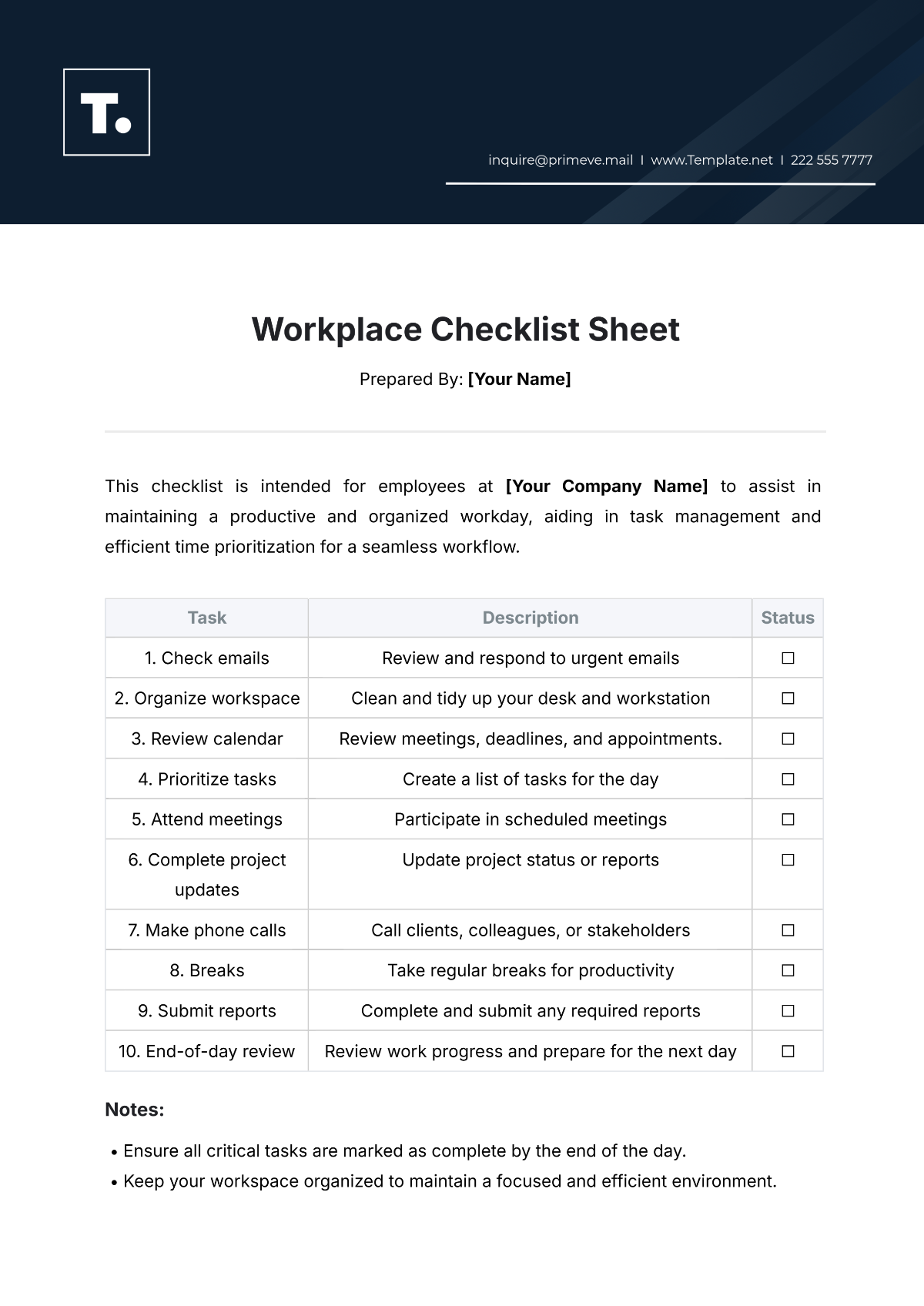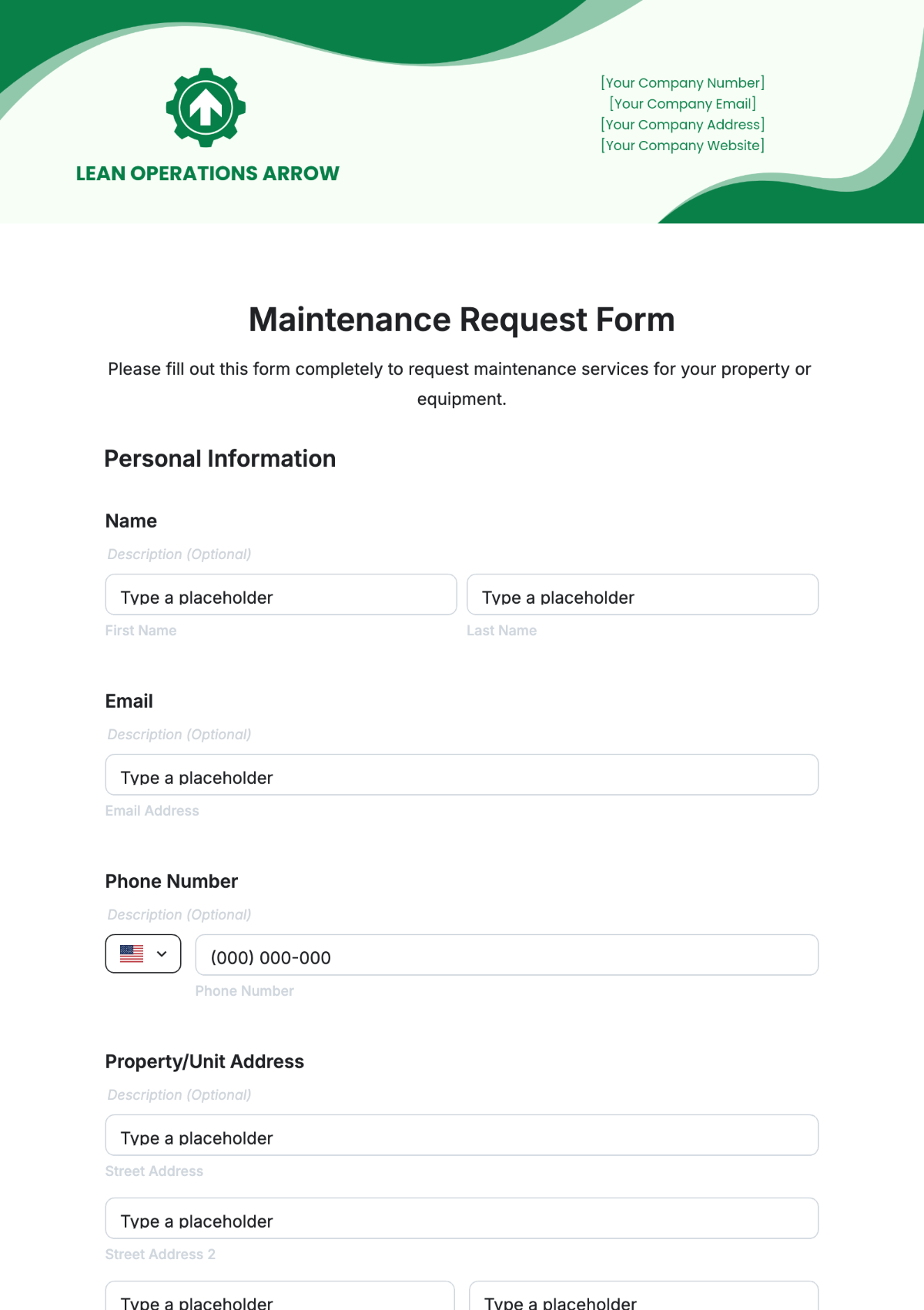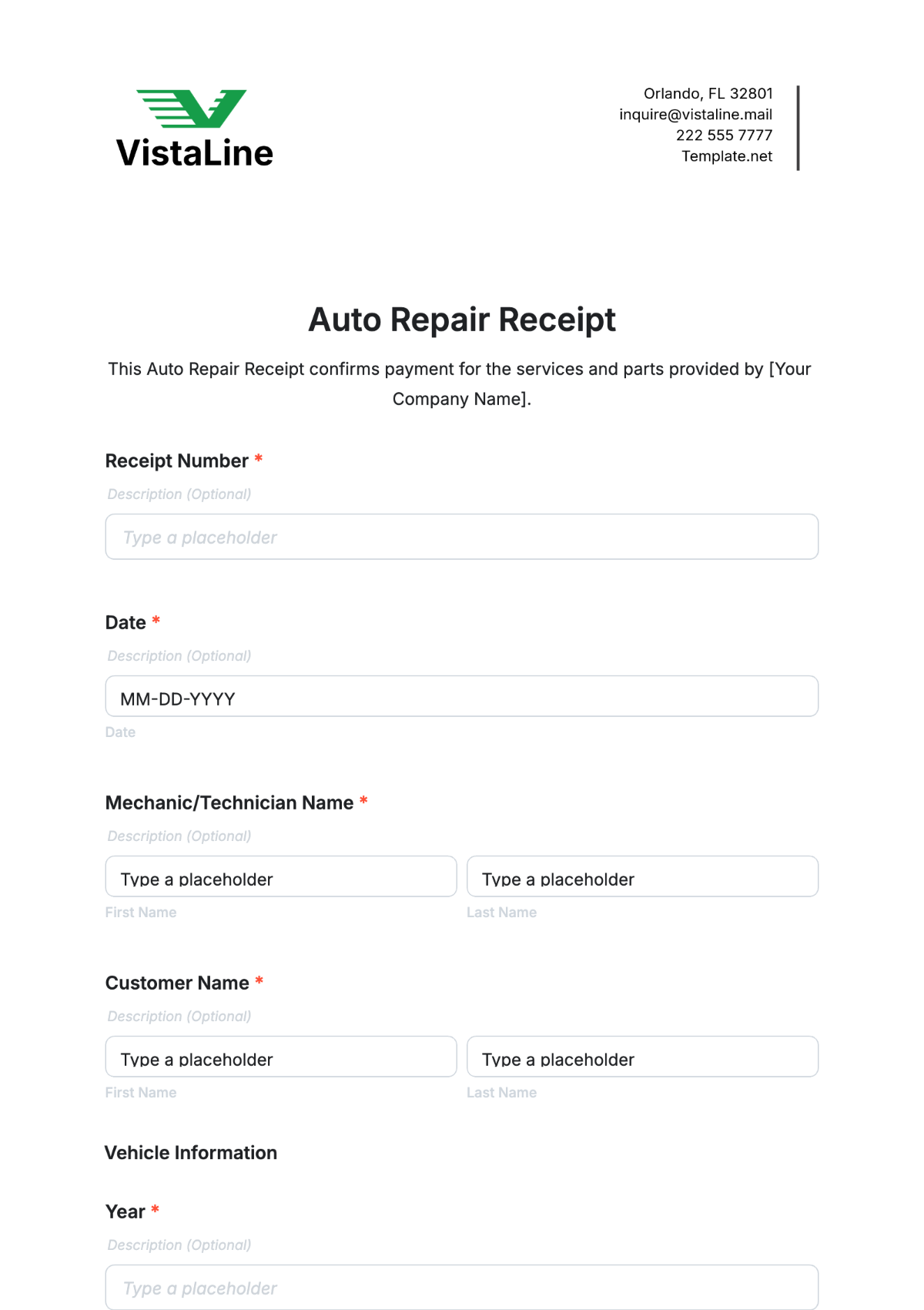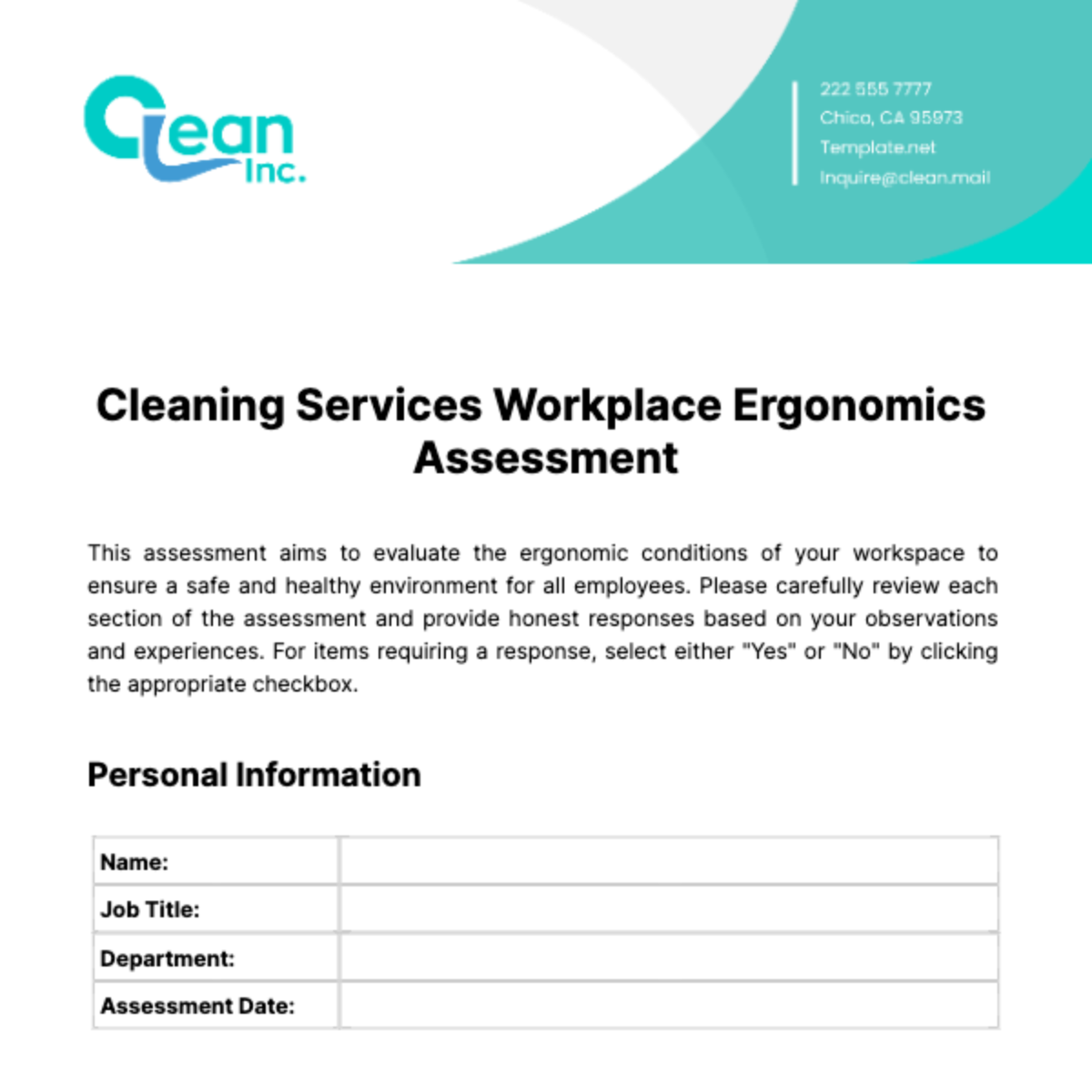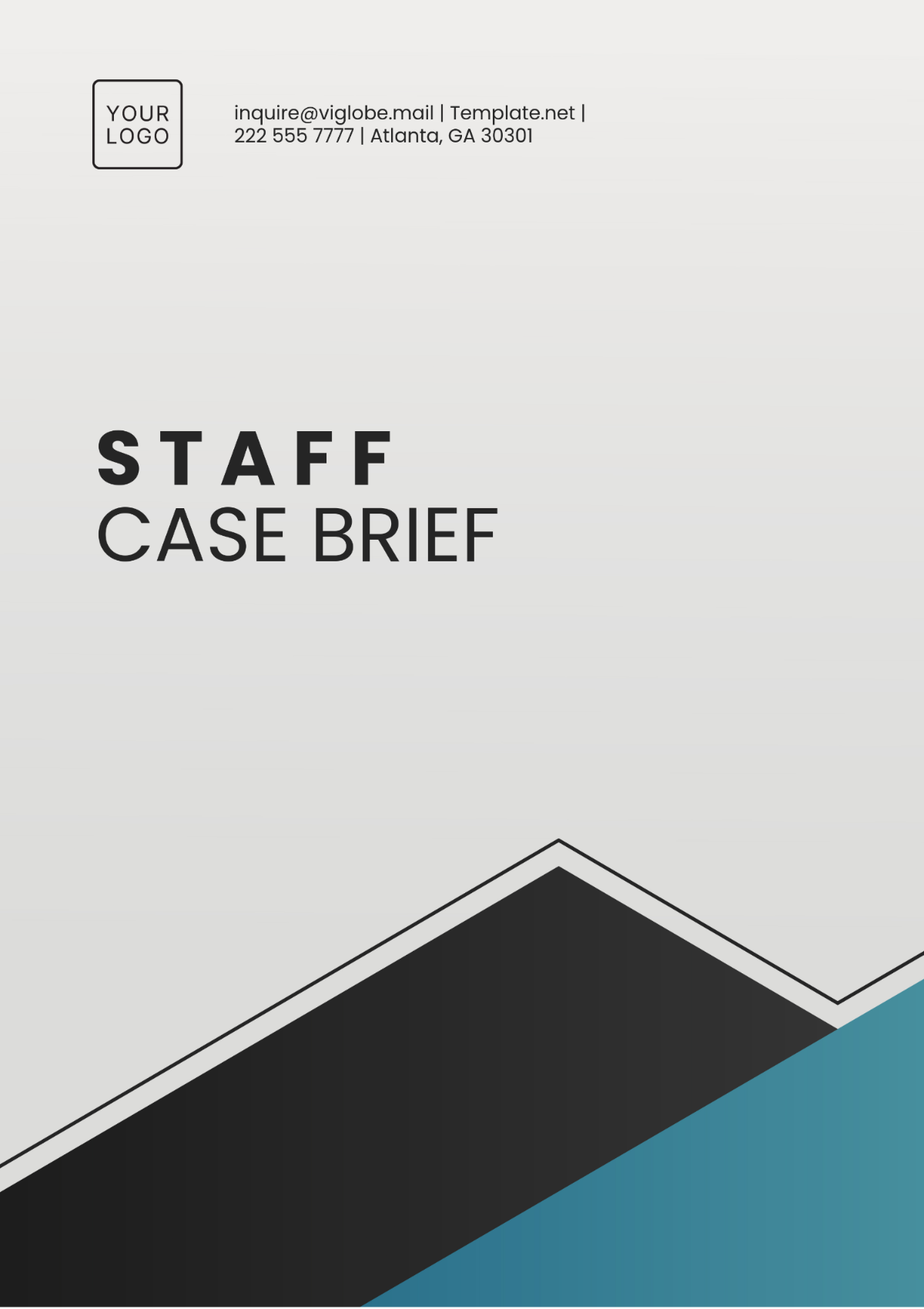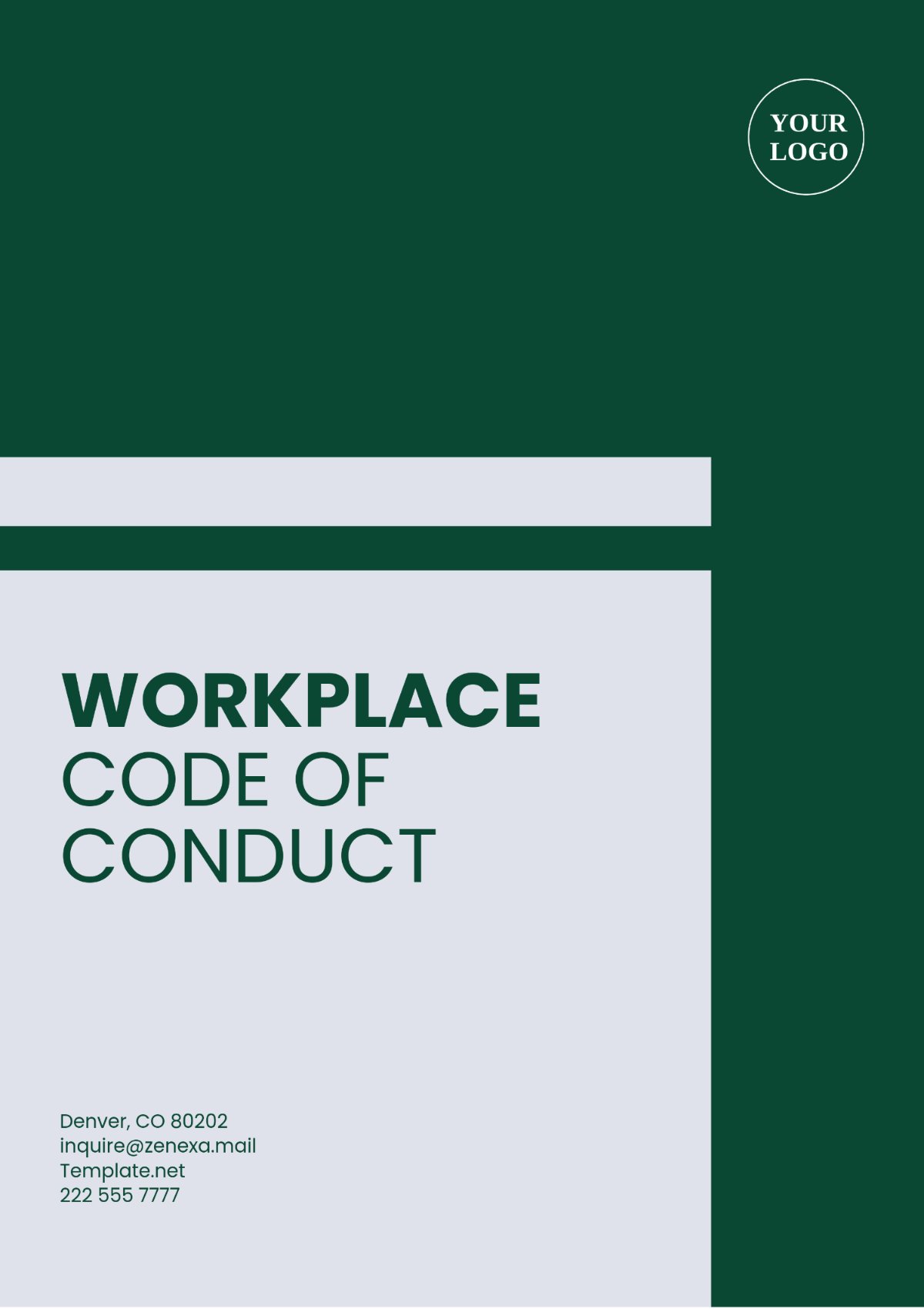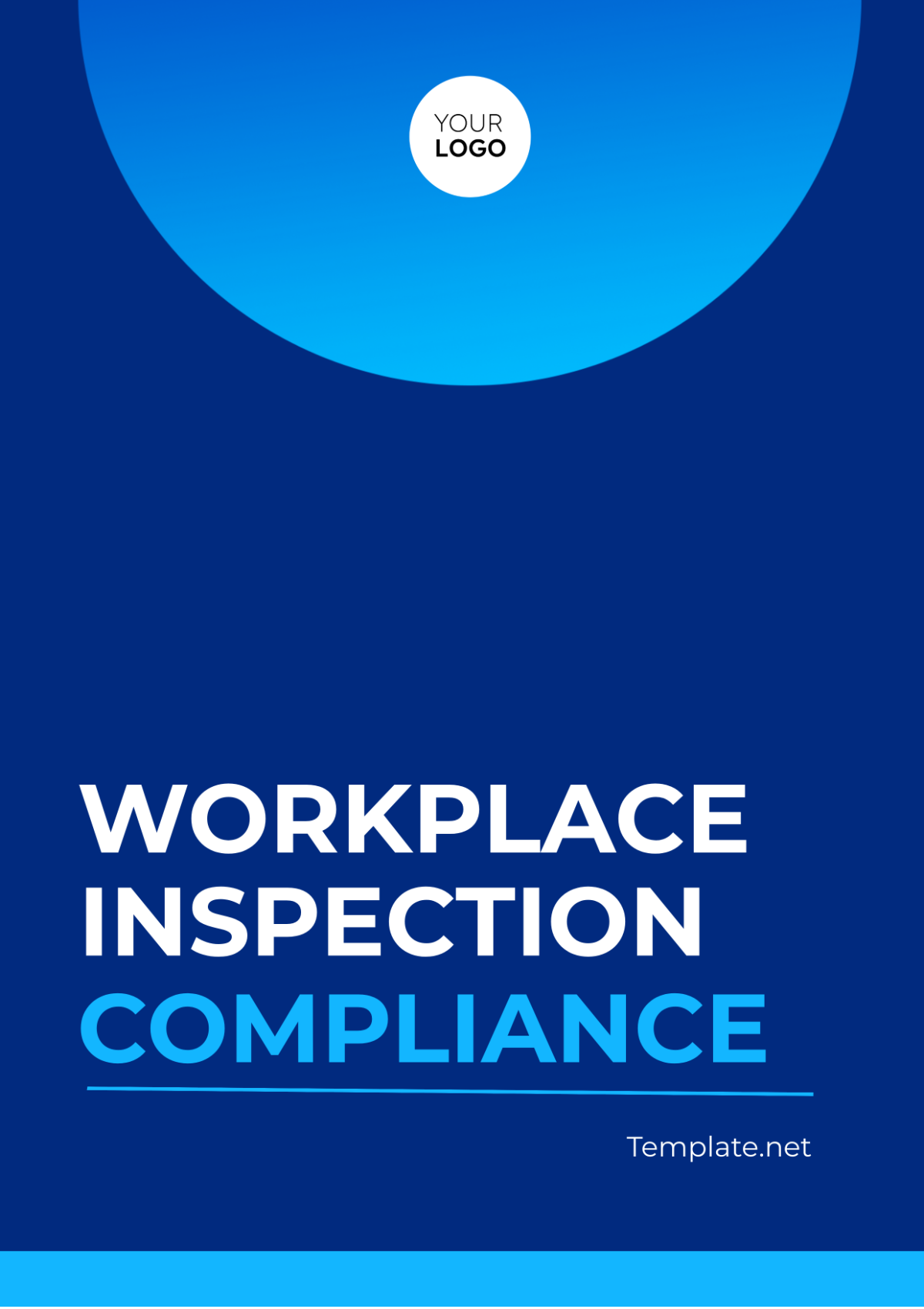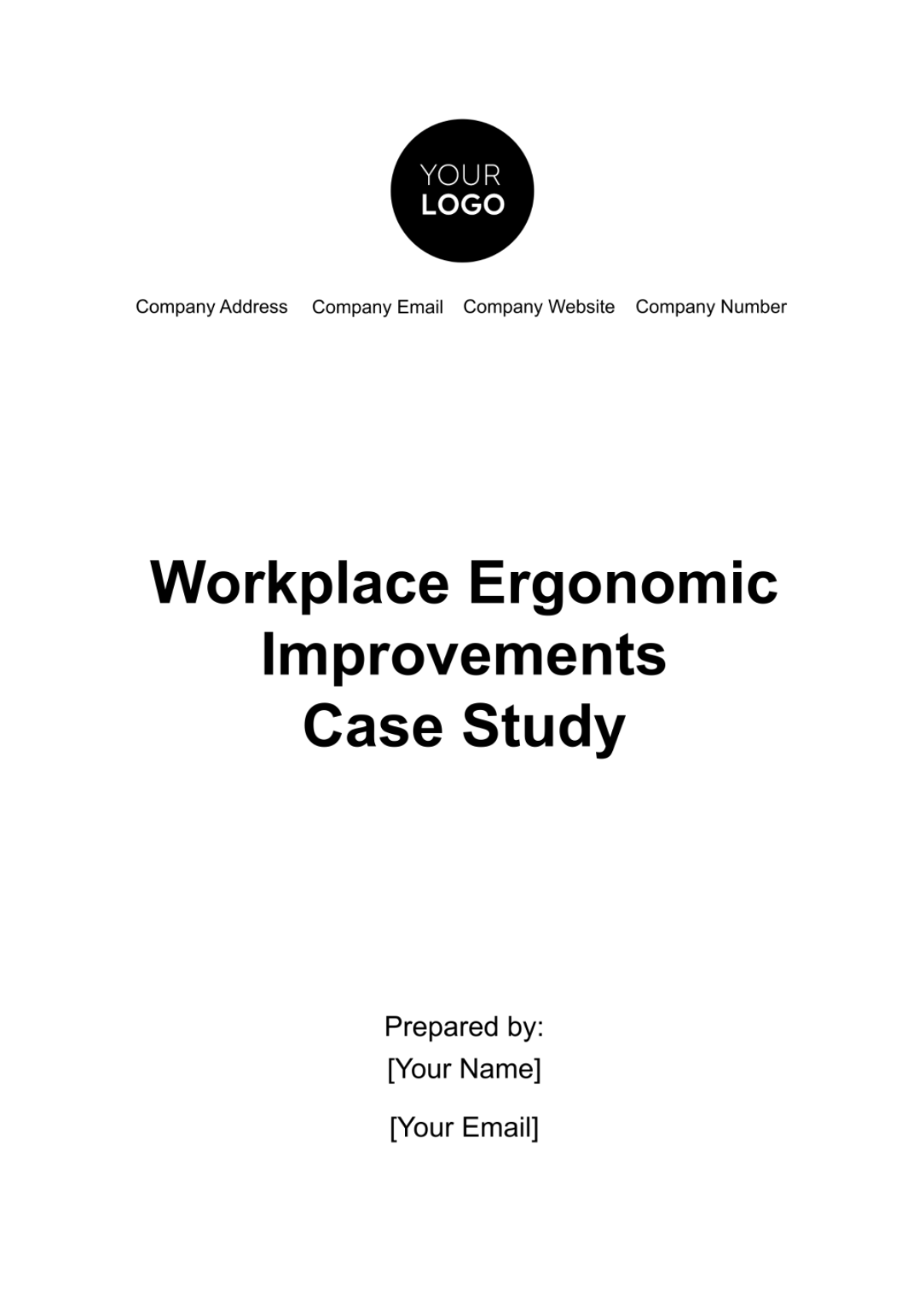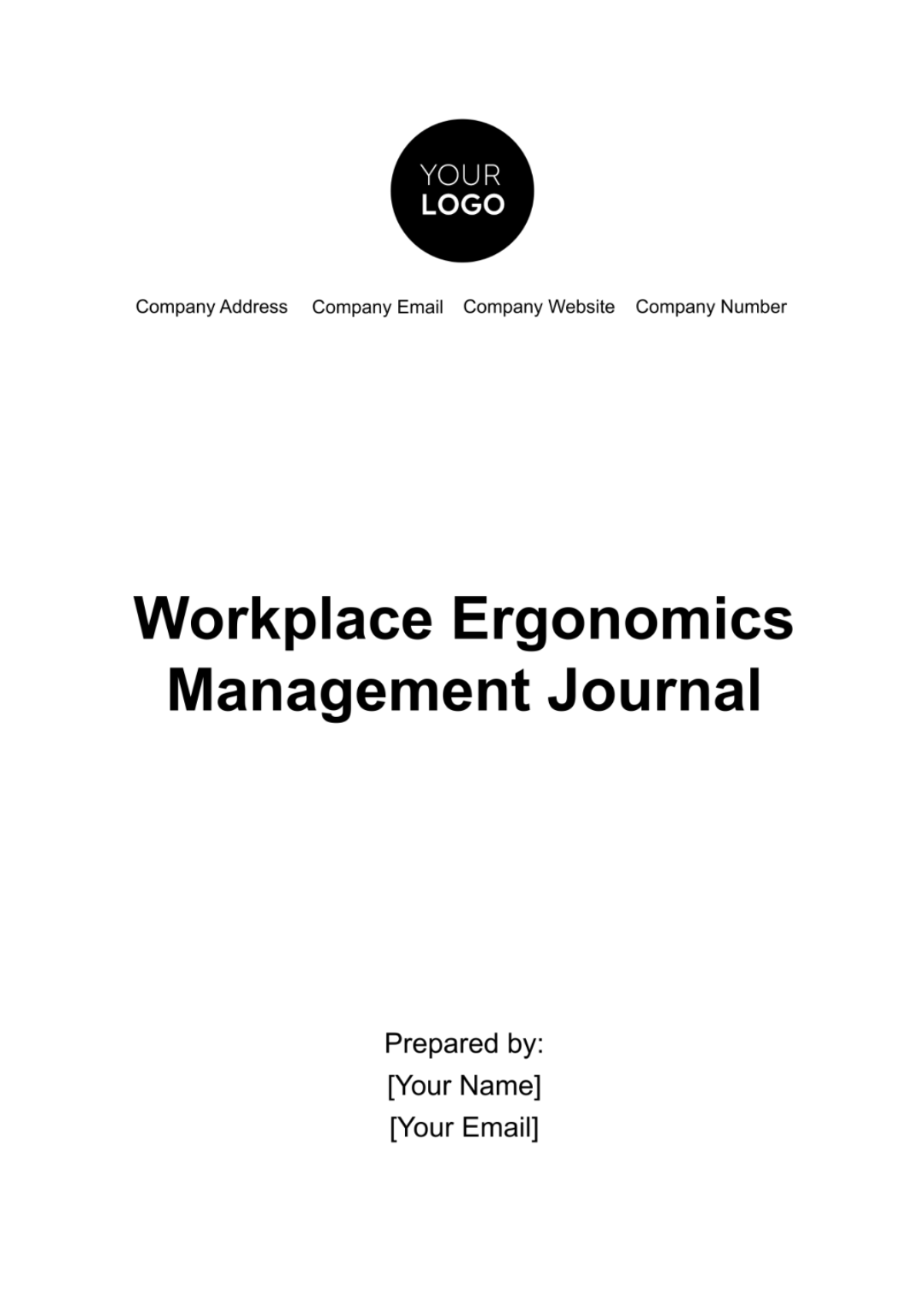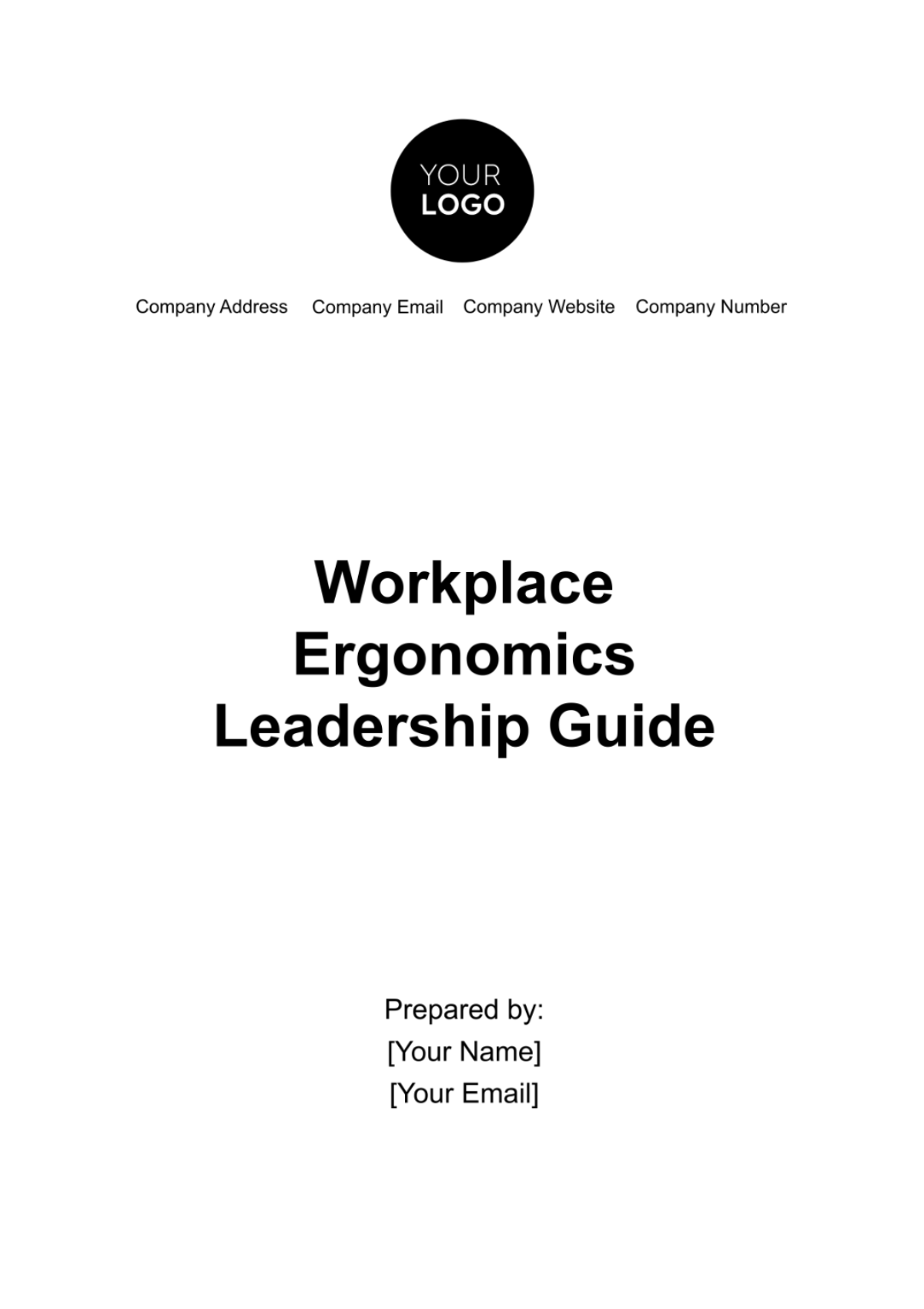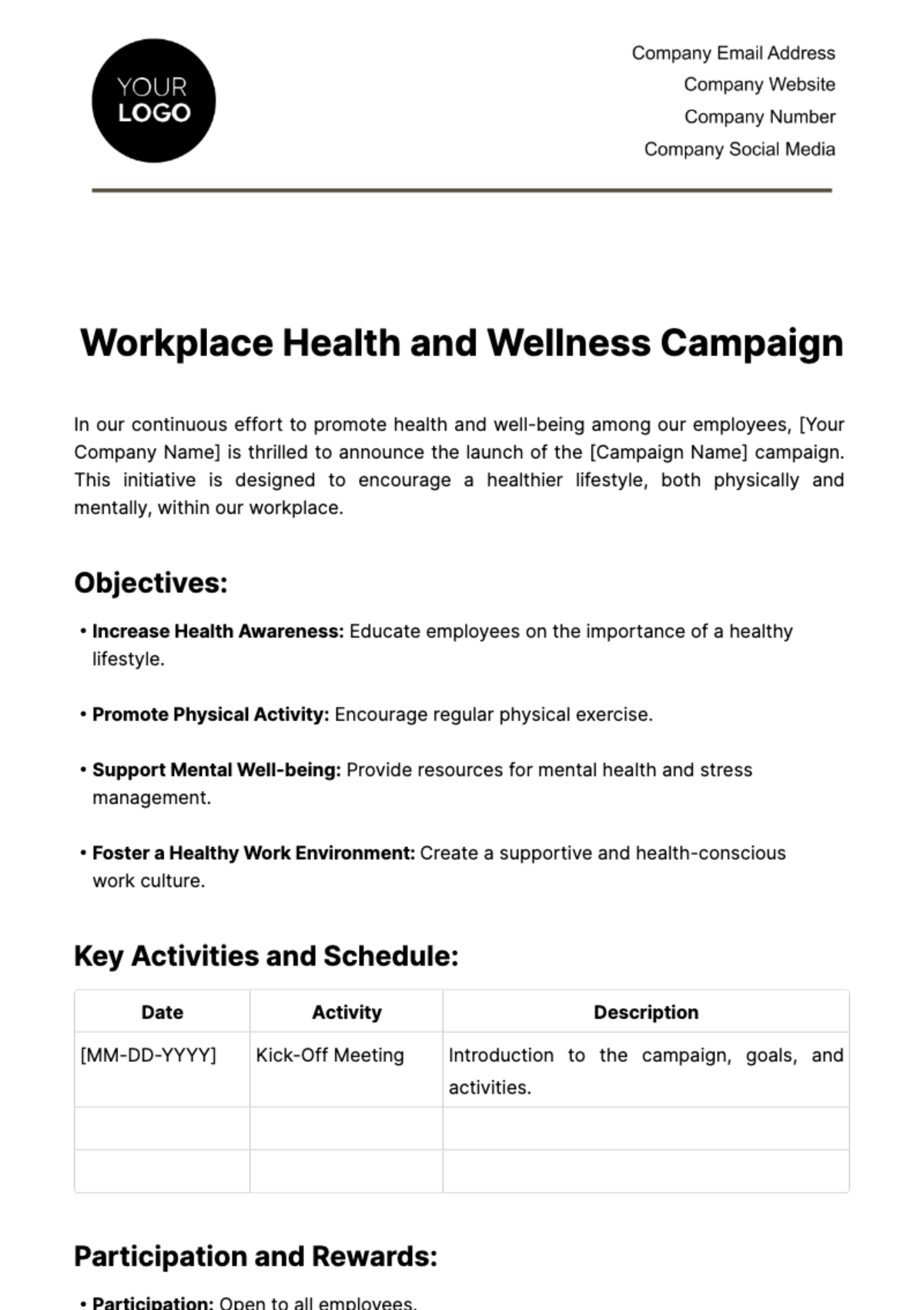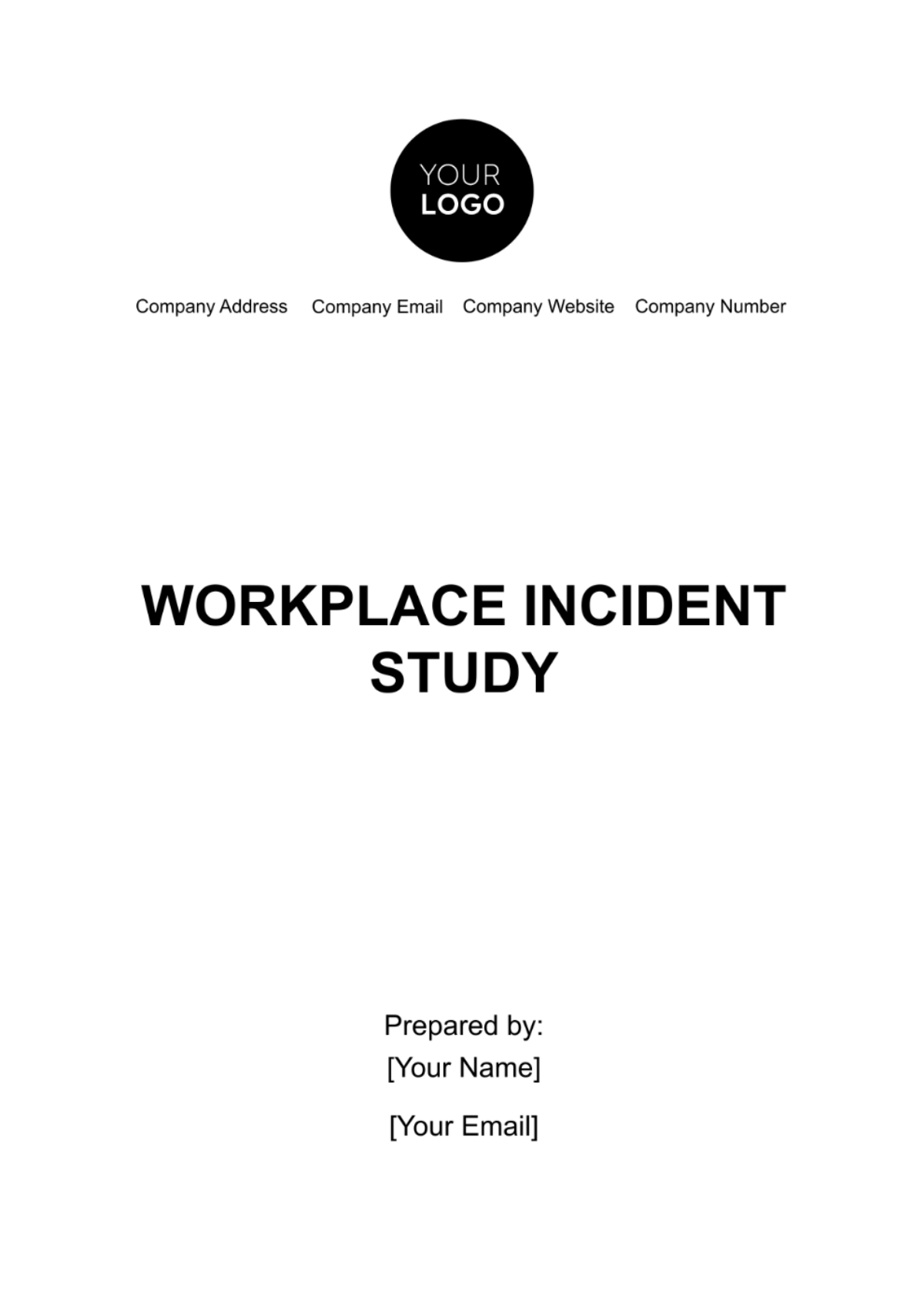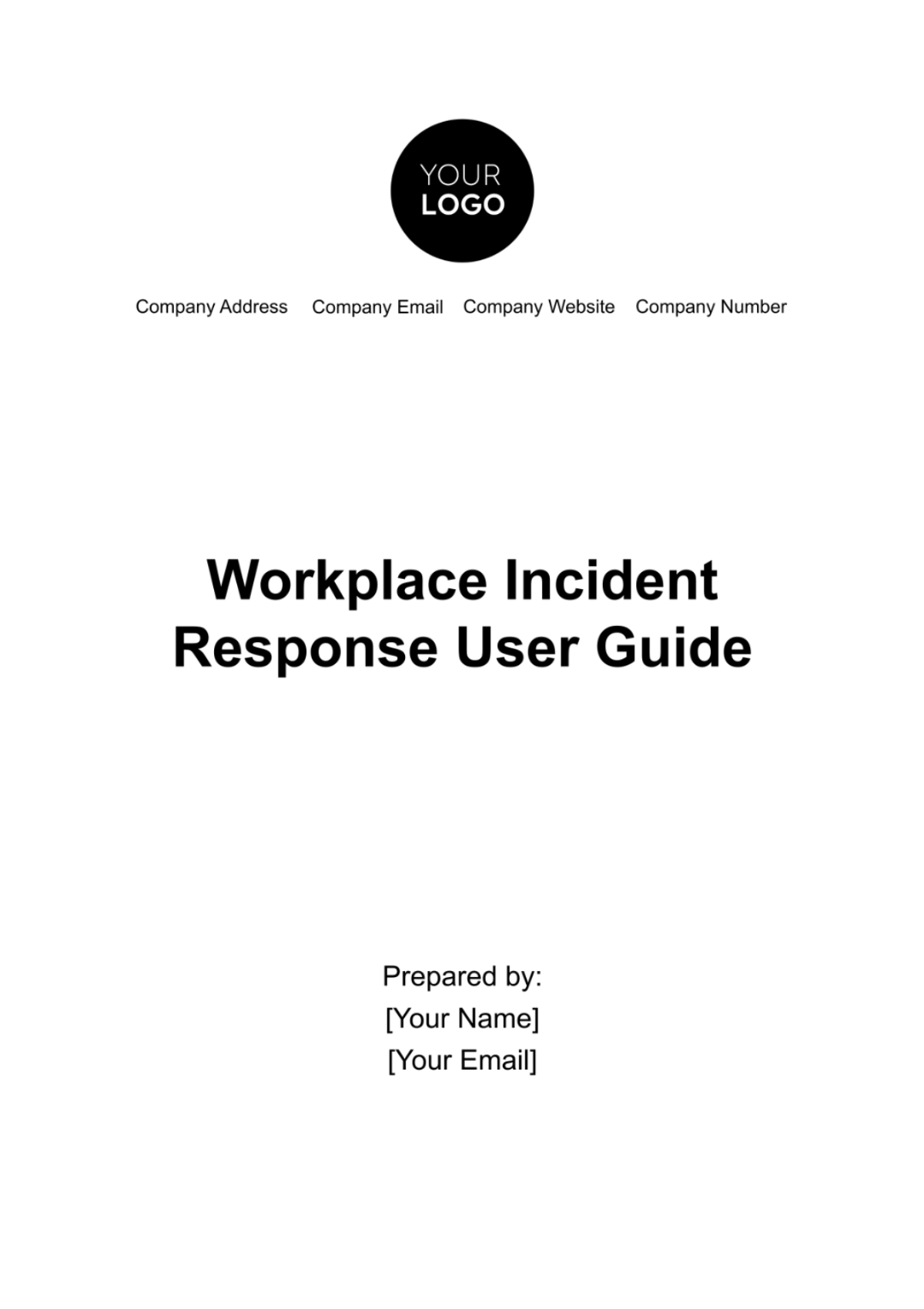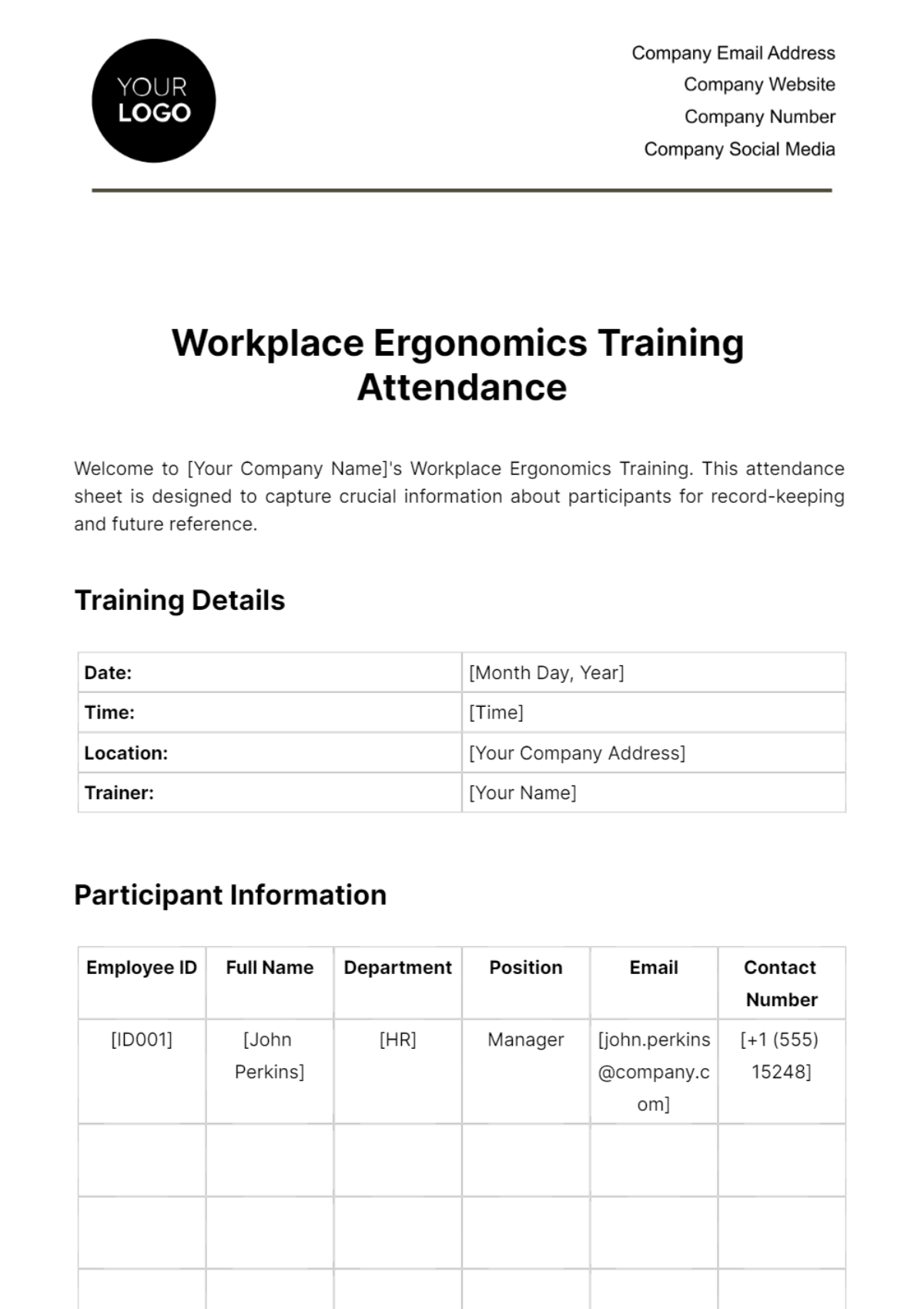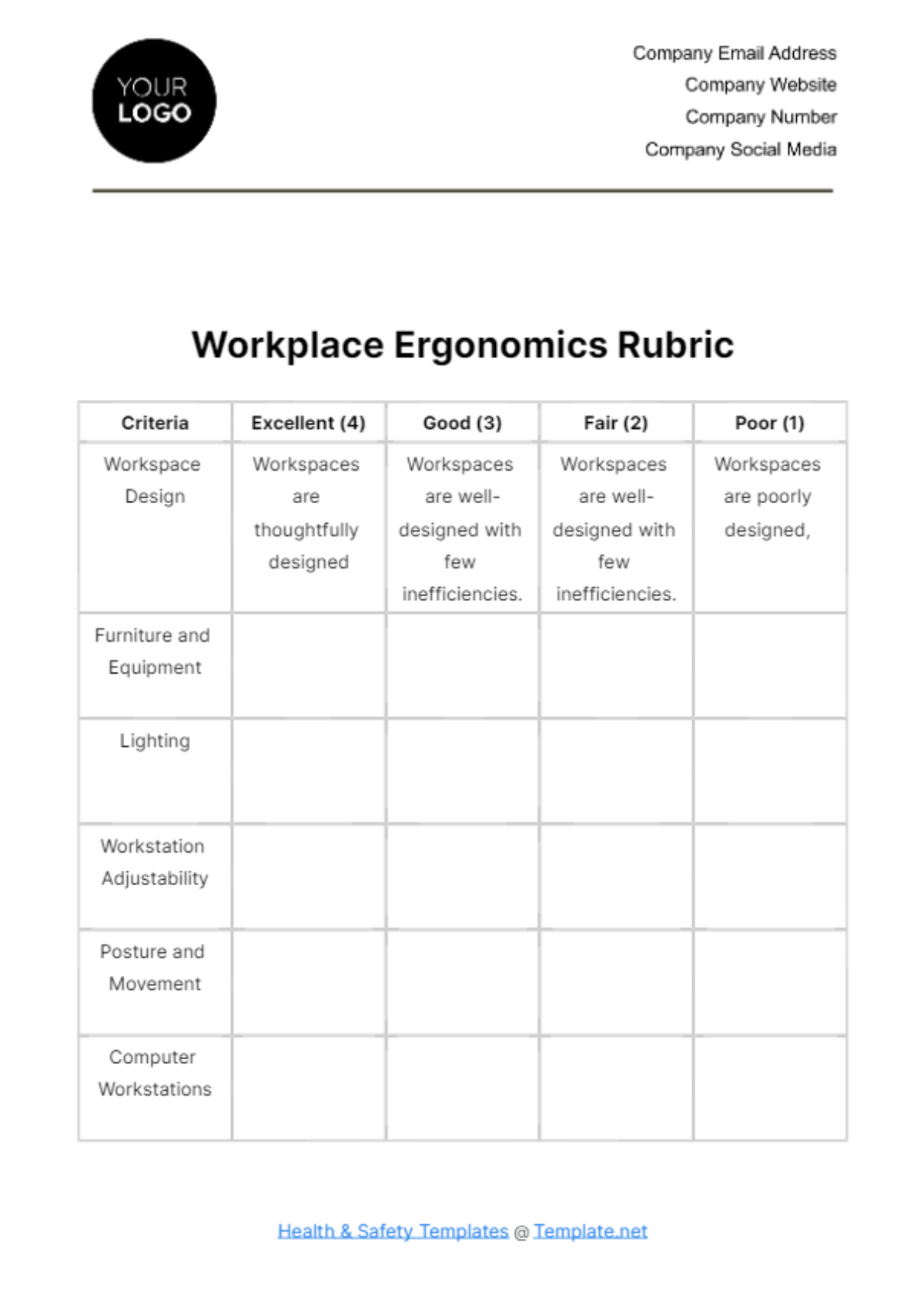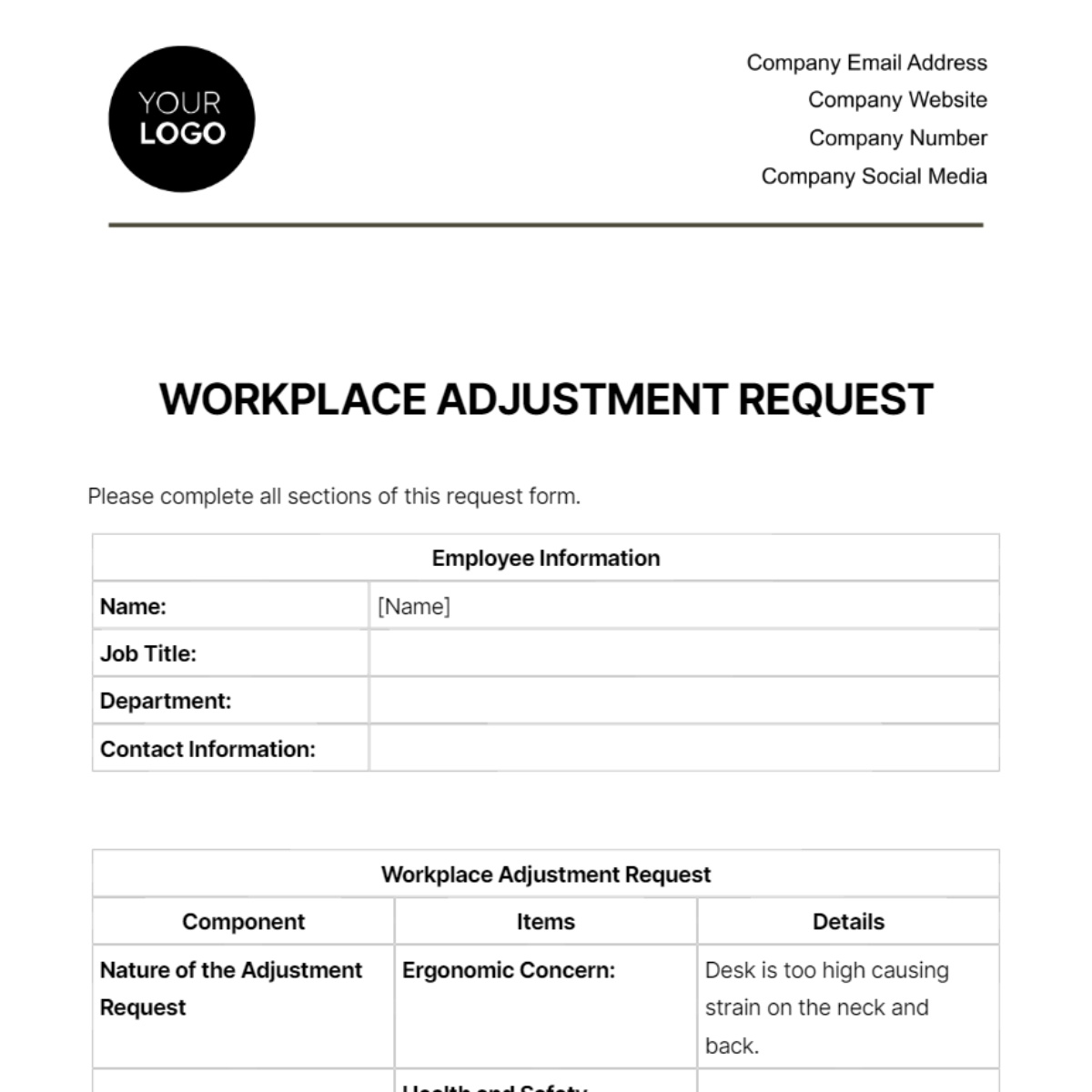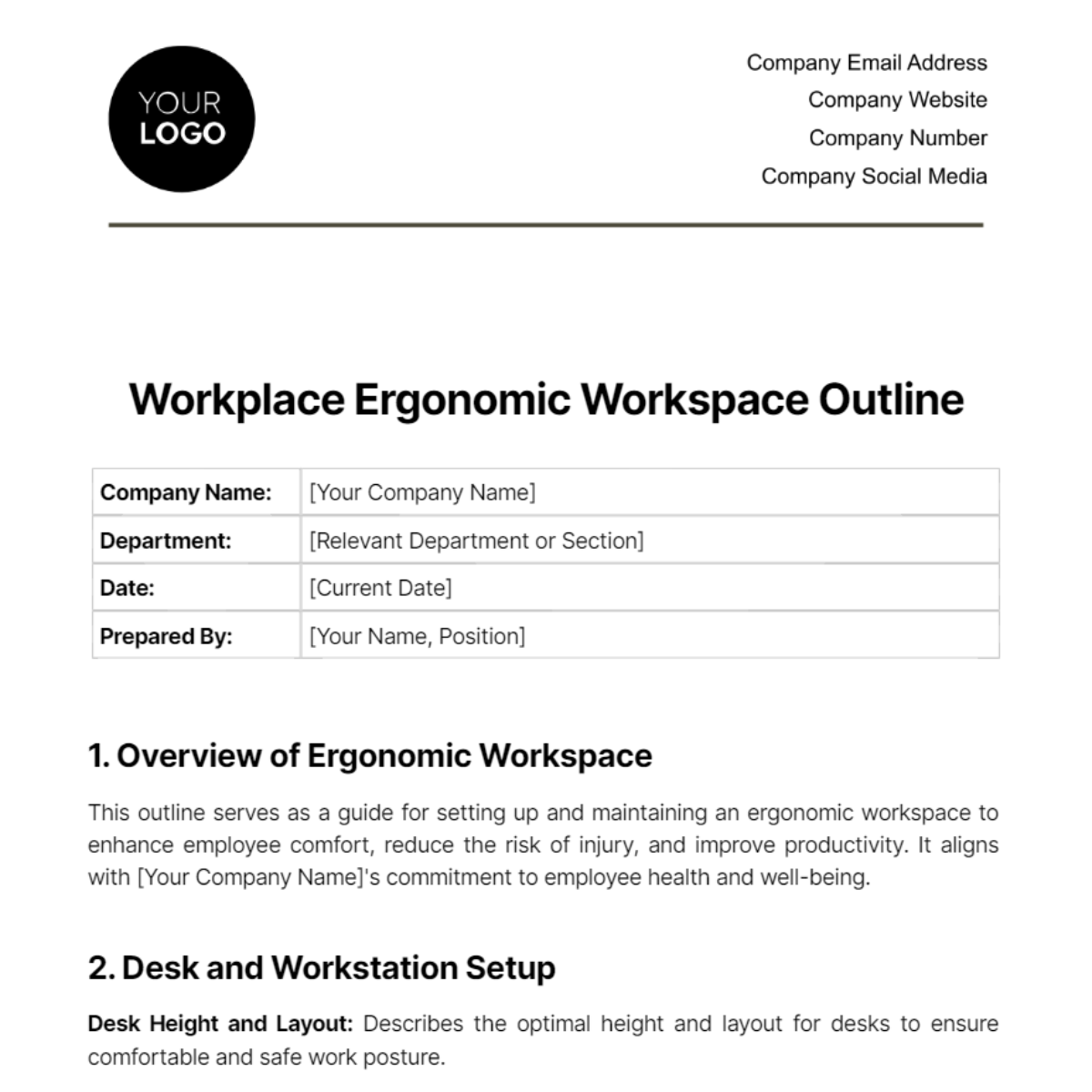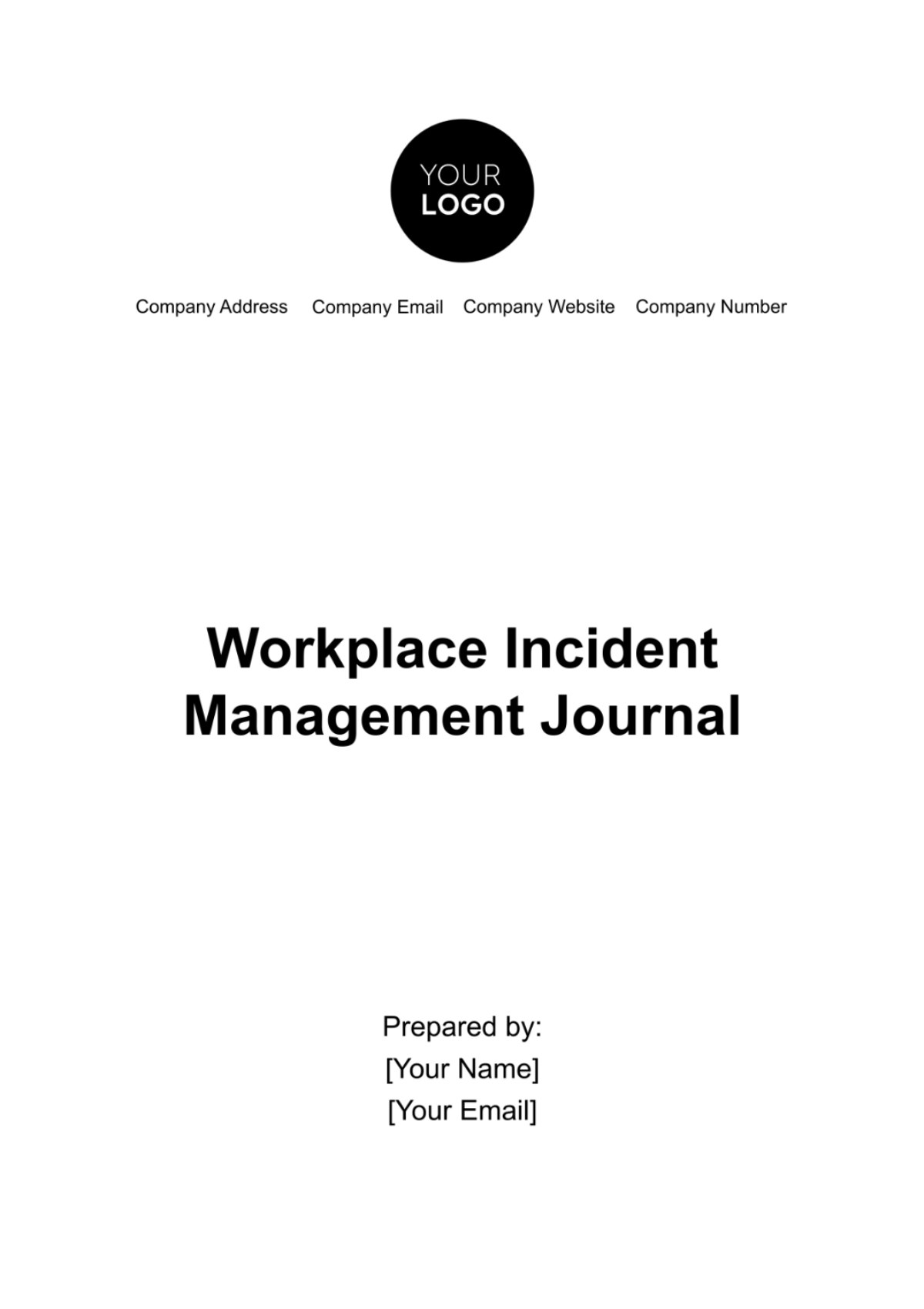Workplace Incident Response Team Guide
A. Introduction
Welcome to the Workplace Incident Response Team Guide, designed to ensure the safety and well-being of our employees and compliance with U.S. health and safety standards. This guide outlines procedures for responding to workplace incidents, accidents, and emergencies. Our Incident Response Team (IRT) is composed of dedicated individuals responsible for orchestrating a swift and effective response. By following this guide, we aim to minimize risks, protect lives, and uphold legal obligations. In the following sections, you will find detailed instructions on roles, reporting, response, and prevention, equipping you to handle incidents with competence and care.
B. Responsibilities and Roles
This section clarifies the crucial roles and responsibilities of our Incident Response Team (IRT) members. A well-structured IRT ensures a coordinated response to workplace incidents. Below is a table summarizing the key positions within the IRT and the contact information for each member.
Role | Responsibilities | Contact Information |
Incident Commander |
| Name: Alexandra Rodriguez |
| ||
| Phone: (555) 555-5555 | |
Safety Officer |
| Name: Xavier Patel |
| Email: xpatel@example.com | |
| Phone: (555) 555-5556 | |
Medical First Aid Responder |
| Name: Elena Chang |
| Email: echang@example.com | |
| Phone: (555) 555-5557 |
C. Incident Reporting
Incident reporting is a critical component of our workplace safety procedures, aligning with U.S. health and safety standards. Employees play a pivotal role in this process by promptly reporting any incidents they witness or are involved in. To ensure a comprehensive and timely response, follow these guidelines:
1. Reporting Channels
Report incidents to your immediate supervisor or manager.
If your supervisor is unavailable or involved in the incident, report to the next level of management.
Utilize our dedicated incident reporting system, accessible through [Your Company Website], for electronic submissions.
In case of emergencies or serious incidents, call 911 before notifying your supervisor.
2. Required Information
When reporting an incident, provide the following details:
Date, time, and location of the incident.
A clear and concise description of the incident, including the parties involved.
Any injuries sustained or property damage.
Witness names and contact information, if applicable.
3. Importance of Prompt Reporting
Timely reporting is crucial for several reasons:
It allows us to provide immediate medical assistance if needed.
Enables the preservation of evidence for investigations.
Helps identify and rectify root causes to prevent future incidents.
Ensures compliance with legal reporting requirements.
D. Initial Response Procedures
In the immediate aftermath of an incident, it is imperative to act swiftly and decisively to ensure the safety of everyone involved. Follow these essential steps:
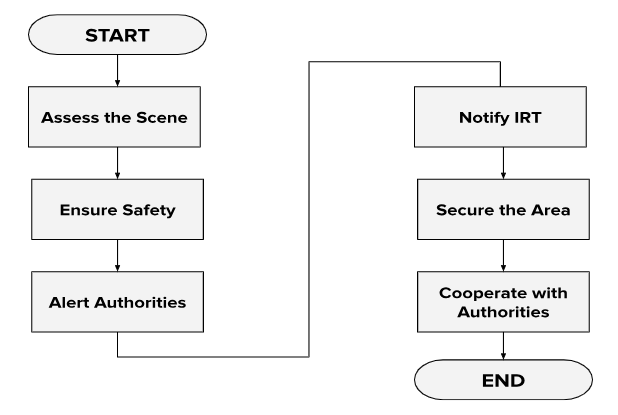
These initial response procedures are vital for mitigating potential harm and initiating a structured incident response. Prioritizing safety and adherence to these steps aligns with U.S. health and safety standards and legal obligations.
E. Incident Assessment
Incident assessment is a critical phase in our incident response process, ensuring a thorough understanding of the situation's severity and potential impact. To align with U.S. health and safety standards, we follow a structured approach:
1. Immediate Evaluation
Upon arrival at the scene, our trained responders conduct an initial assessment to gauge the immediate risks and determine the level of urgency.
2. Severity Classification
Incidents are classified based on their severity into categories such as Minor, Moderate, or Major, considering factors like injuries, property damage, or environmental impact.
3. Escalation Criteria
If an incident's severity surpasses predefined thresholds or meets specific escalation criteria, it is escalated to higher levels of management or external authorities. These criteria include:
Loss of life or severe injury.
Significant property damage.
Environmental contamination exceeding regulatory limits.
Potential legal or compliance implications.
4. Continuous Monitoring:
Throughout the response, we continuously assess the incident's evolution and adapt our response accordingly.
5. Documentation:
All assessments, classifications, and escalation decisions are documented to maintain a clear record for analysis and compliance purposes.
F. Communication Protocols
Effective communication within our organization is crucial during incidents to ensure a coordinated response. Here's a tabular format outlining how information about incidents will be communicated, along with contact information for key personnel and emergency services:
Communication | Description | Contact Information |
Internal Reporting | Employees report incidents to supervisors or managers. | Supervisor's Name: Lisa Mitchell |
Supervisors notify IRT members and escalate as needed. | Email: lmitchell@example.com | |
All incident details are documented in our system. | Phone: (555) 555-5555 | |
IRT Activation | An Incident Response Team (IRT) is activated upon report. | IRT Leader: Michael Turner |
IRT members are notified via phone and email. | Email: mturner@example.com | |
IRT convenes to assess the situation and initiate a response. | Phone: (555) 555-5556 | |
External Agencies | Emergency services (911) are contacted for major incidents. | 911 |
Communication with external agencies is handled by IRT. | IRT Coordinator: Elena Sanchez | |
Email: esanchez@example.com |
Maintaining clear communication channels and readily accessible contact information is essential for a swift and organized response to incidents
G. Documentation and Record-Keeping
By U.S. health and safety standards, it is imperative to maintain meticulous records of incidents. Here are the requirements for documentation and record-keeping:
Requirements for Documenting Incidents
Complete and accurate incident reports must be filed promptly after an incident occurs.
Reports should include incident details, names of involved parties, actions taken, and any communication related to the incident.
Types of Records and Retention Periods
Incident Reports: To be retained for a minimum of five (5) years from the incident date.
Witness Statements: Kept for a minimum of three (3) years.
Correspondence and Communication Records: Maintained for three (3) years.
Corrective Action Plans: To be stored for a minimum of five (5) years.
H. Investigation and Root Cause Analysis
Incident investigations are essential for understanding the factors that contributed to an incident and preventing its recurrence, aligning with U.S. health and safety standards. Our investigation process follows these steps:
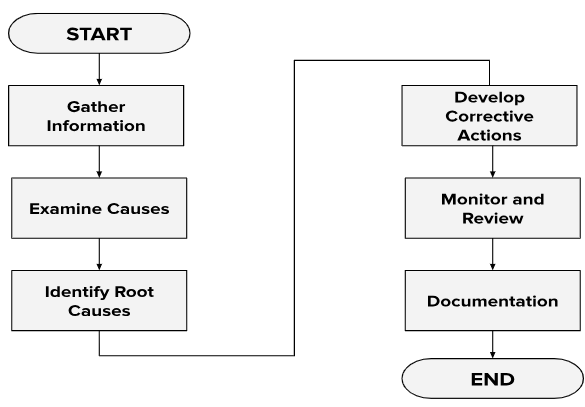
Identifying root causes is paramount, as it enables us to implement lasting preventive measures, fostering a safer work environment.
I. Corrective Actions and Follow-Up
Corrective actions are a crucial aspect of incident management, in compliance with U.S. health and safety standards. Here's how we determine and implement them, along with a timeline for follow-up:
1. Determination and Implementation
Analysis: We analyze incident reports and investigation findings to identify root causes.
Action Plan: Based on the analysis, a detailed corrective action plan is developed.
Implementation: Actions are assigned to responsible parties, and implementation begins promptly.
2. Follow-Up and Monitoring
Immediate Follow-Up: Actions are initiated immediately after the incident.
Short-Term: Progress is reviewed weekly until completion.
Long-Term: Quarterly reviews ensure sustained effectiveness.
Documentation: All actions and reviews are documented for a minimum of five (5) years, as required by regulations.
This approach ensures a proactive response to incidents and fosters a safer work environment.
J. Training and Drills
Corrective actions are a crucial aspect of incident management, in compliance with U.S. health and safety standards. Here's how we determine and implement them, along with a timeline for follow-up:
1. Determination and Implementation
Analysis: We analyze incident reports and investigation findings to identify root causes.
Action Plan: Based on the analysis, a detailed corrective action plan is developed.
Implementation: Actions are assigned to responsible parties, and implementation begins promptly.
2. Follow-Up and Monitoring
Immediate Follow-Up: Actions are initiated immediately after the incident.
Short-Term: Progress is reviewed weekly until completion.
Long-Term: Quarterly reviews ensure sustained effectiveness.
Documentation: All actions and reviews are documented for a minimum of five (5) years, as required by regulations.
This approach ensures a proactive response to incidents and fosters a safer work environment.
